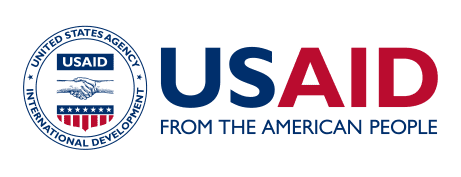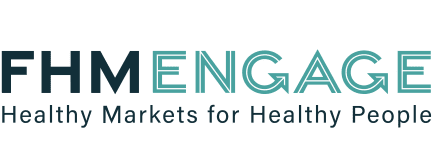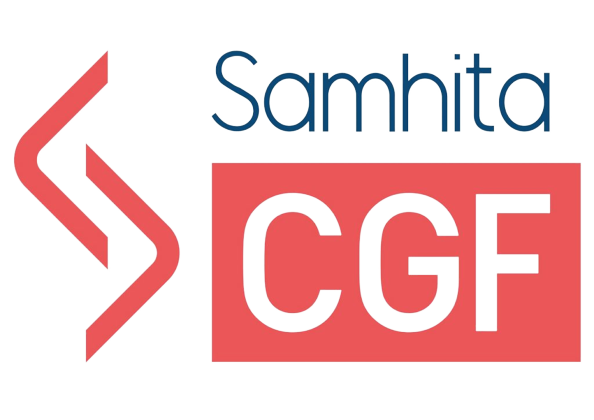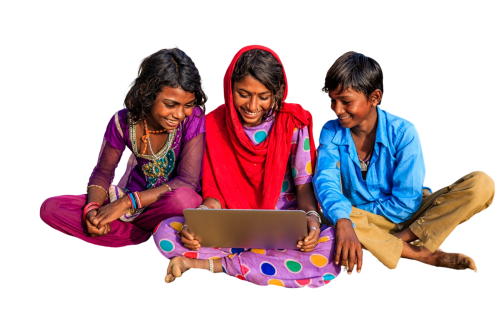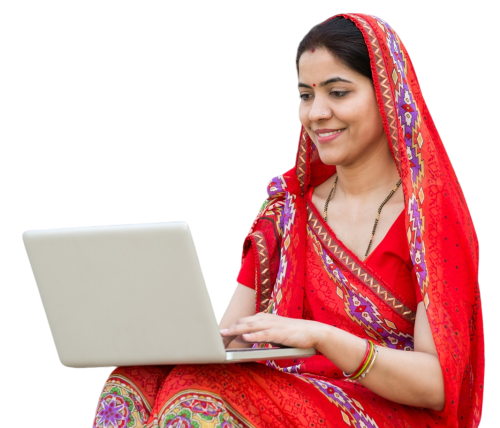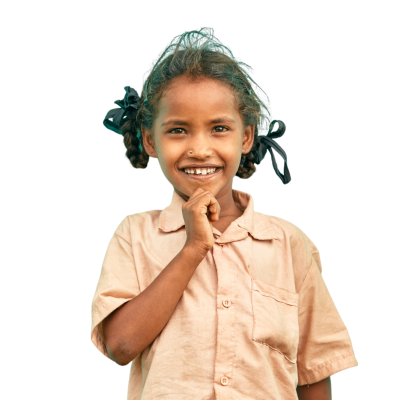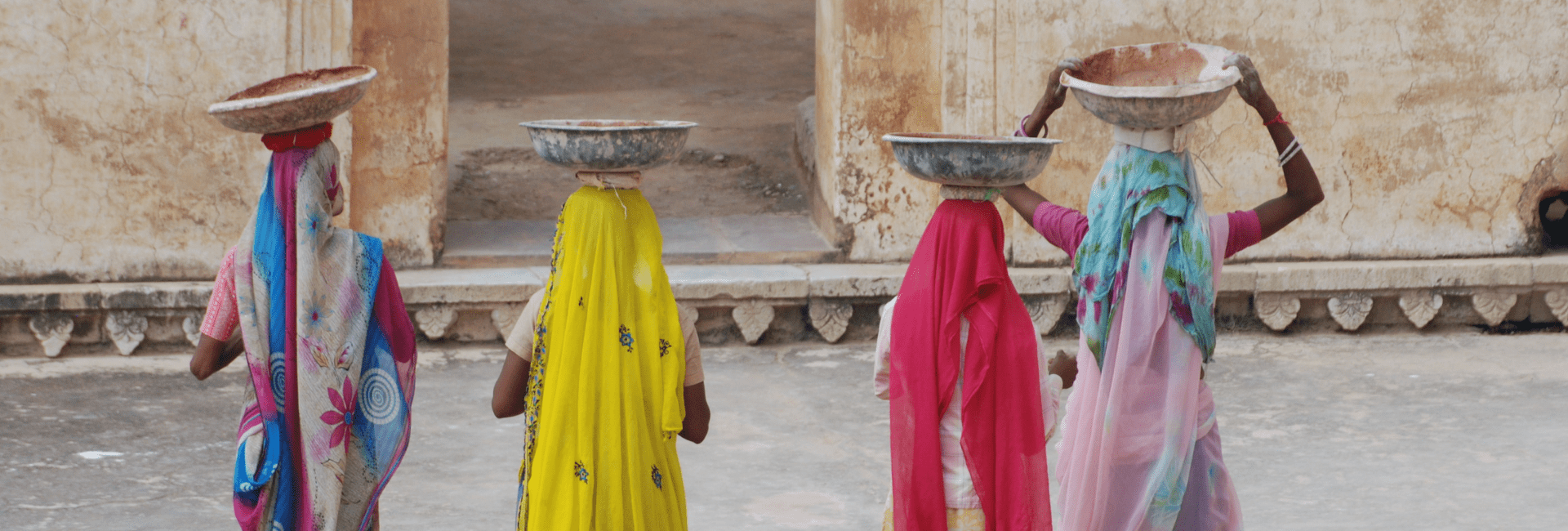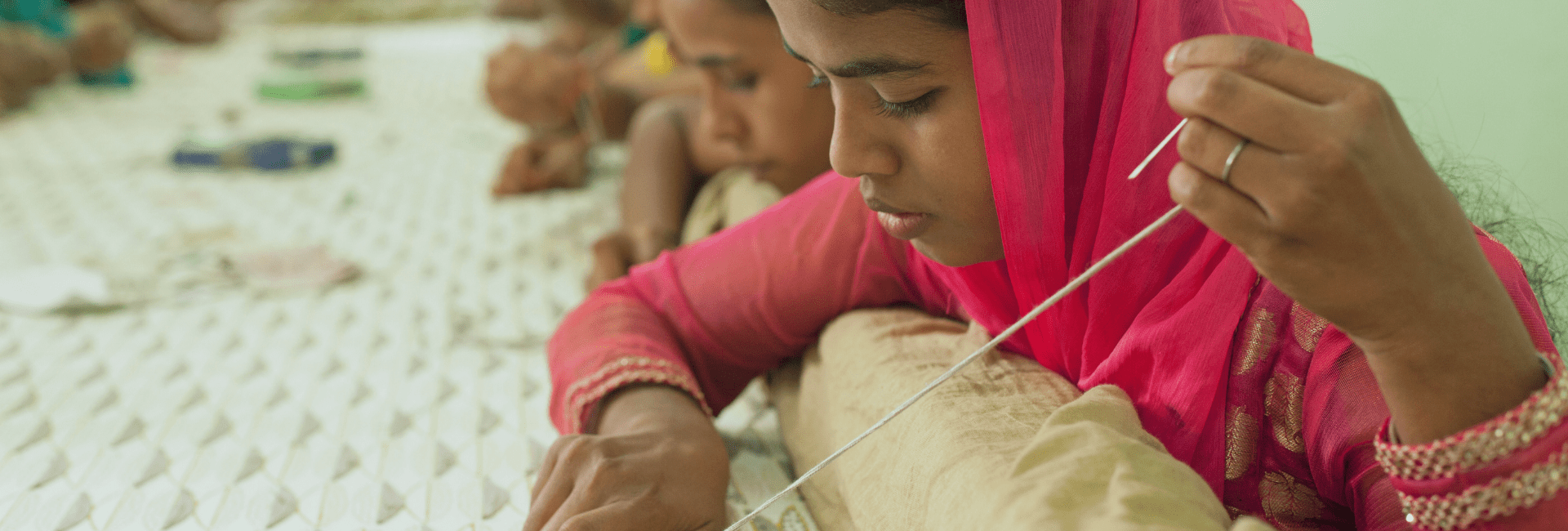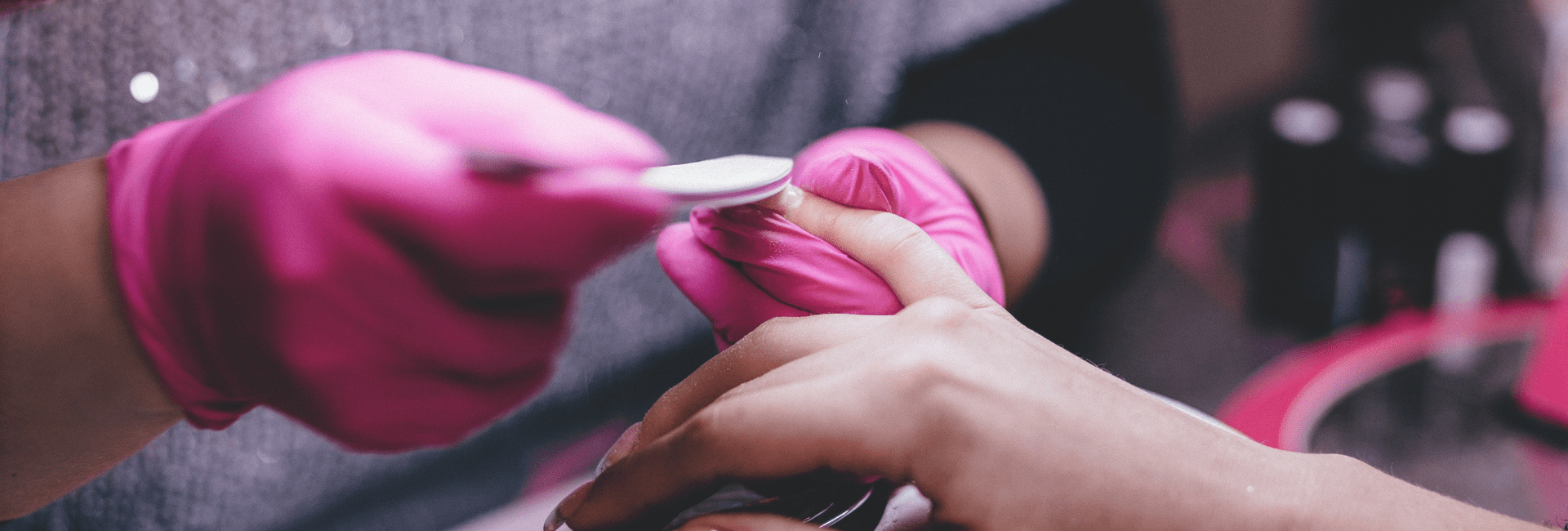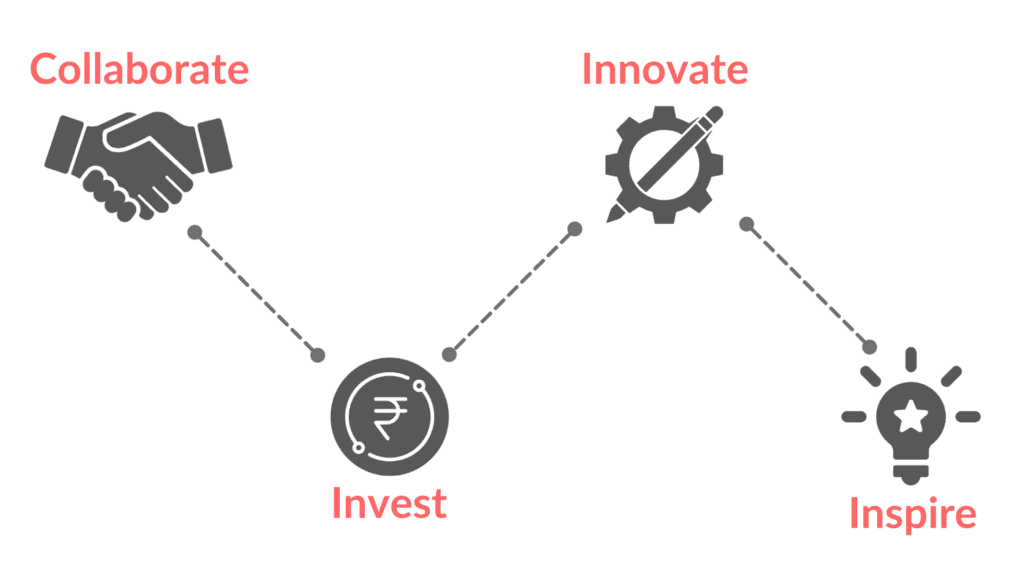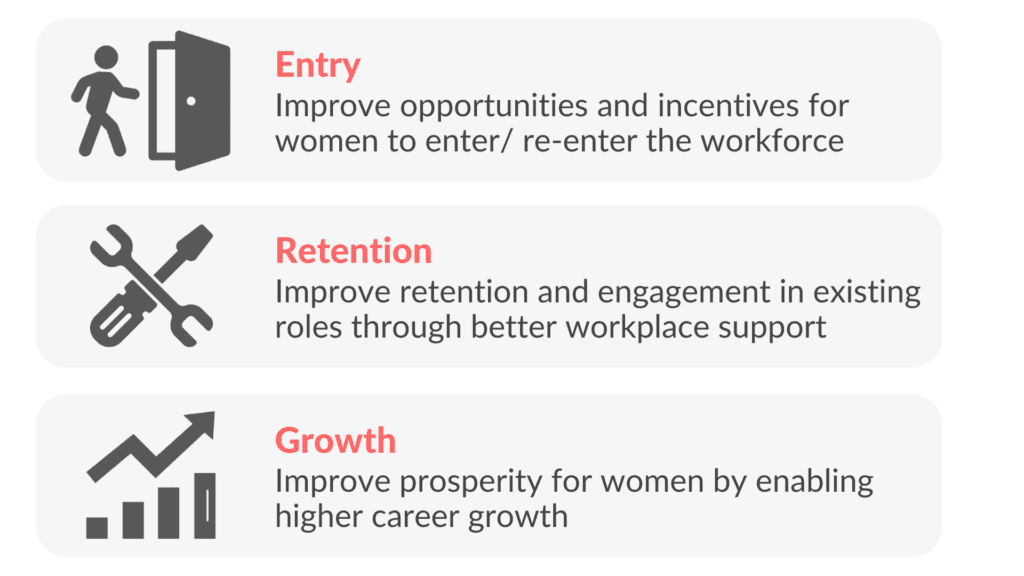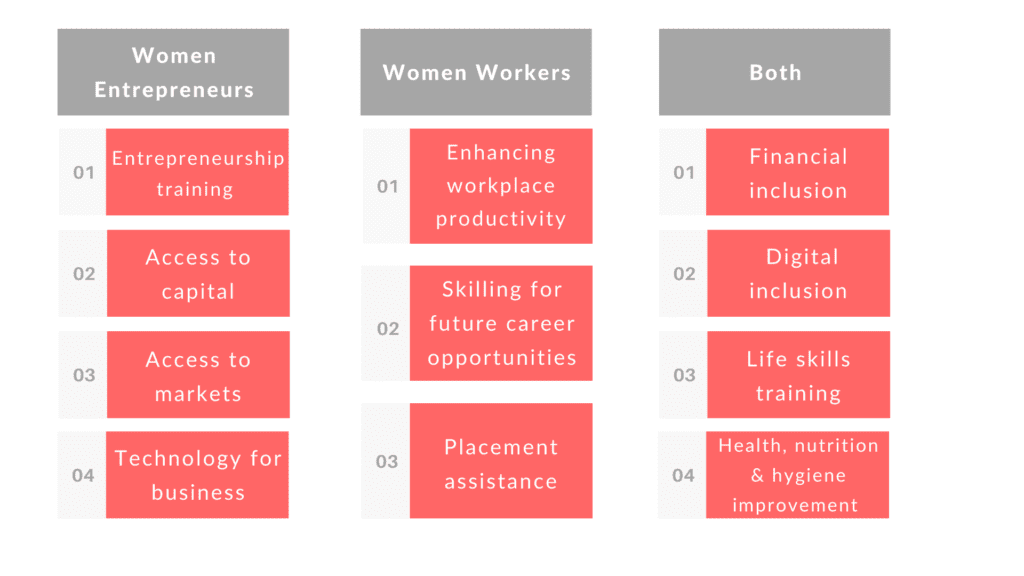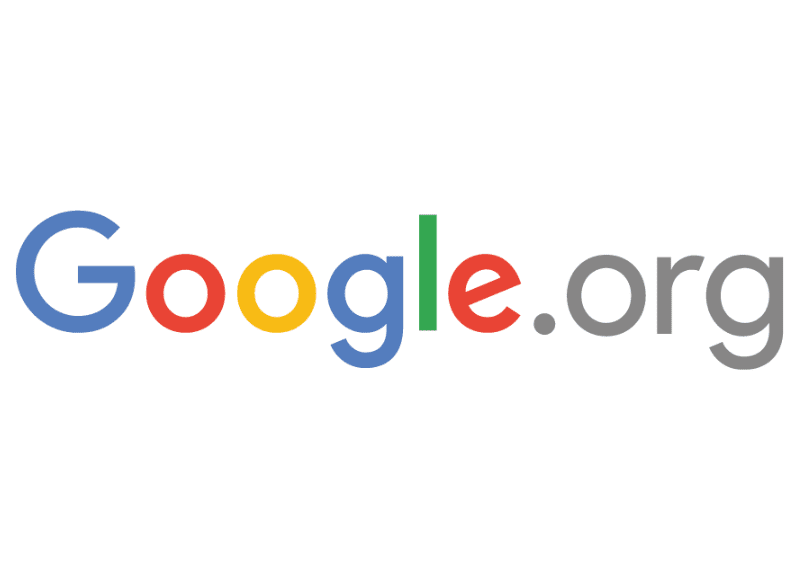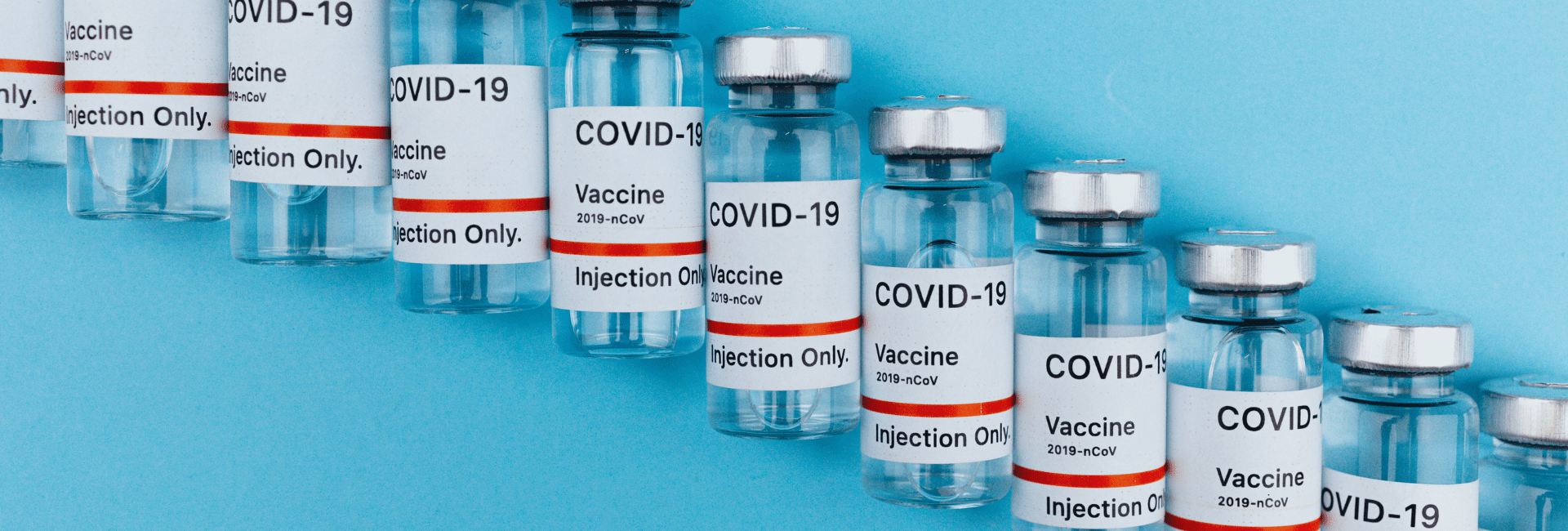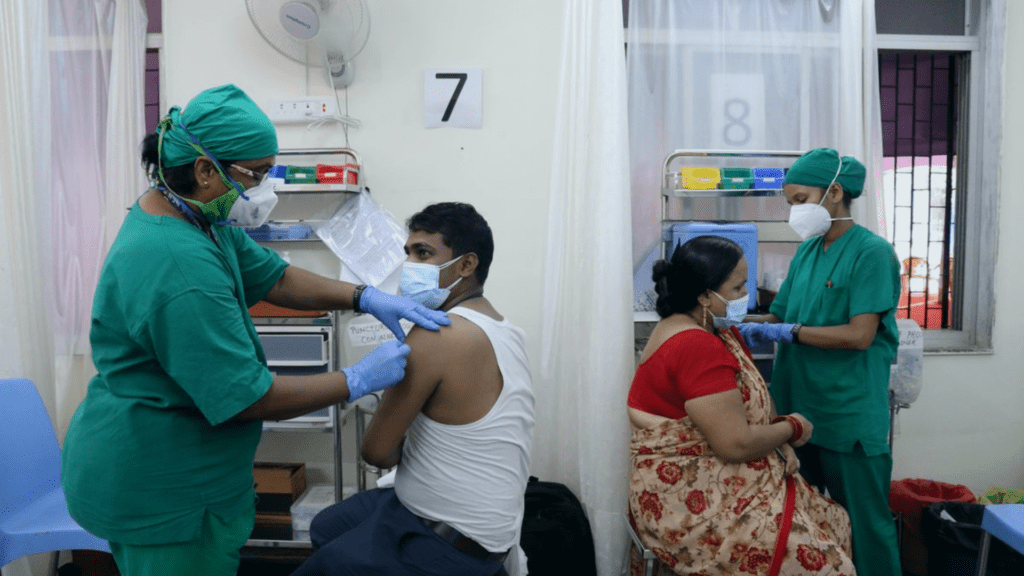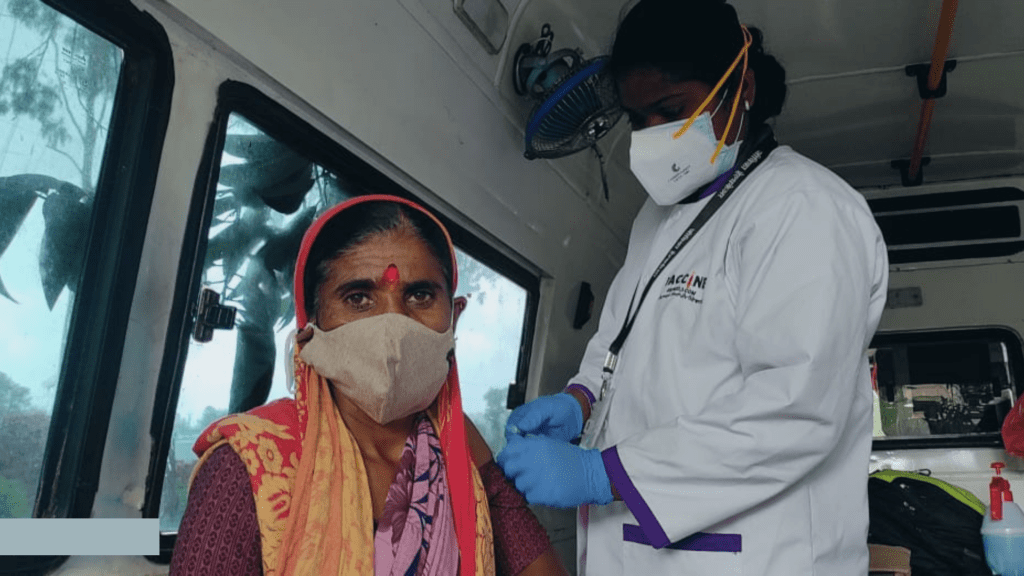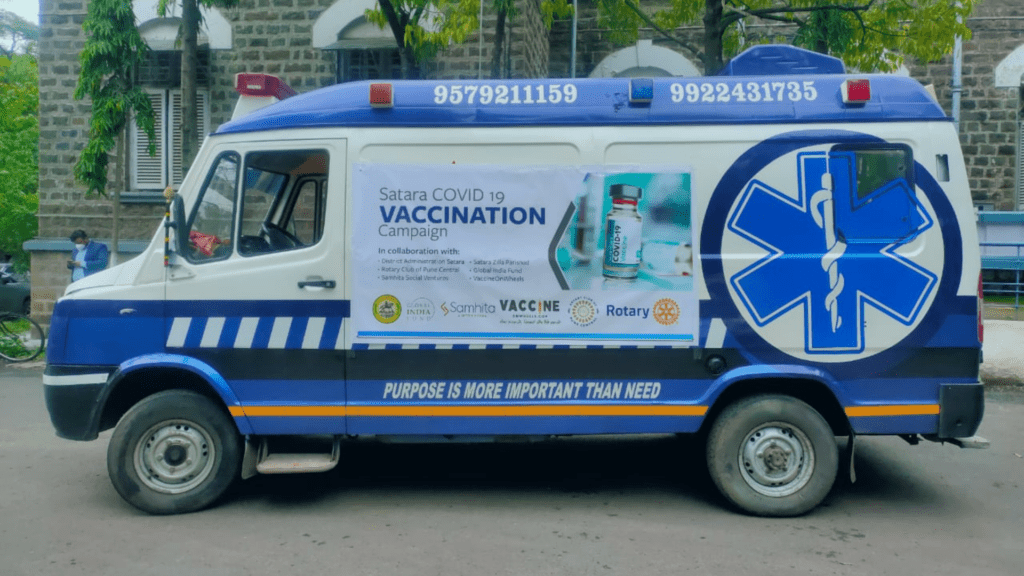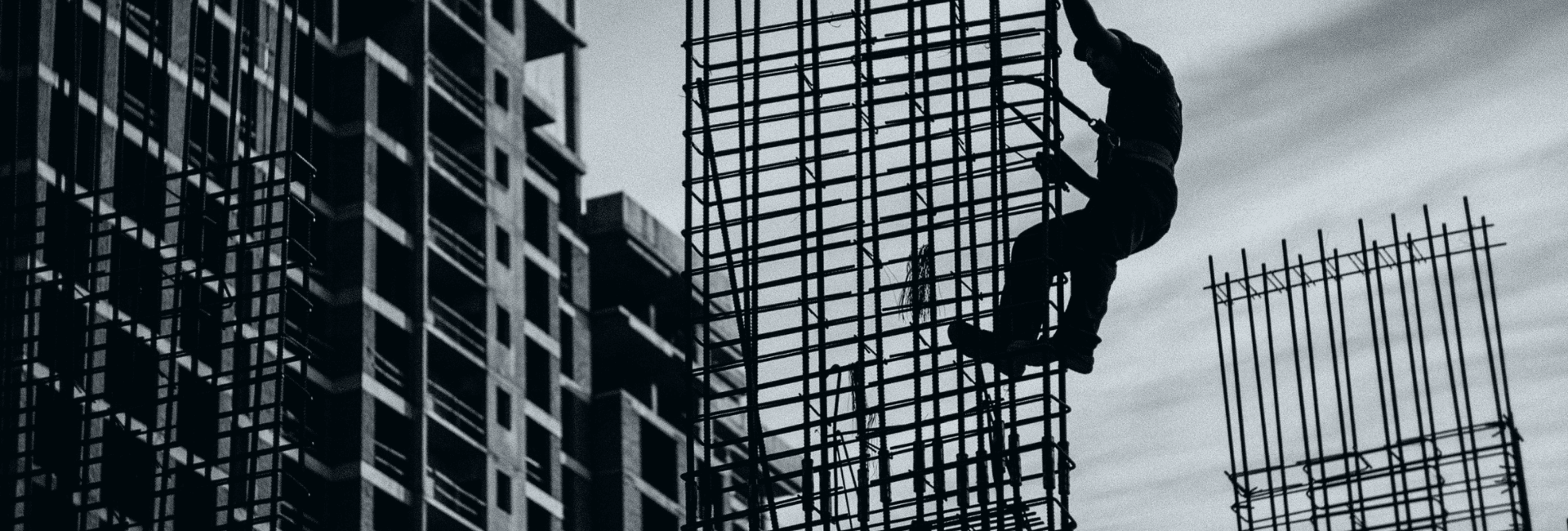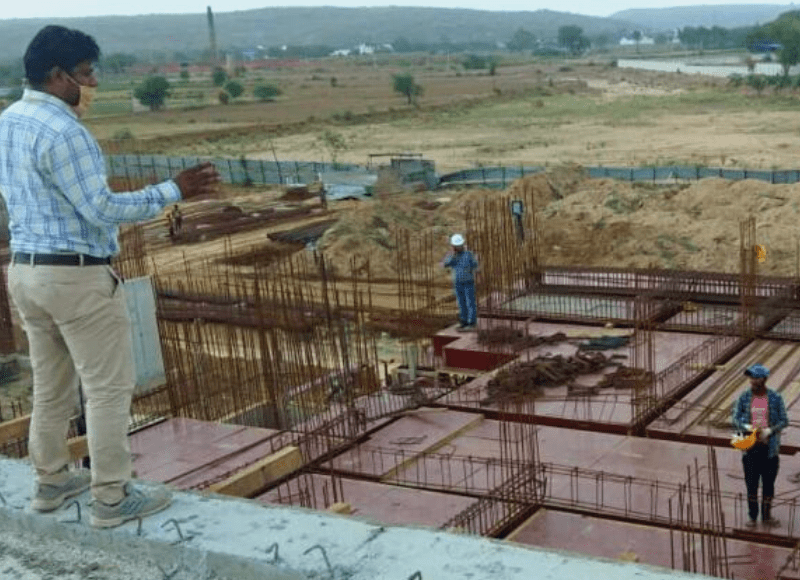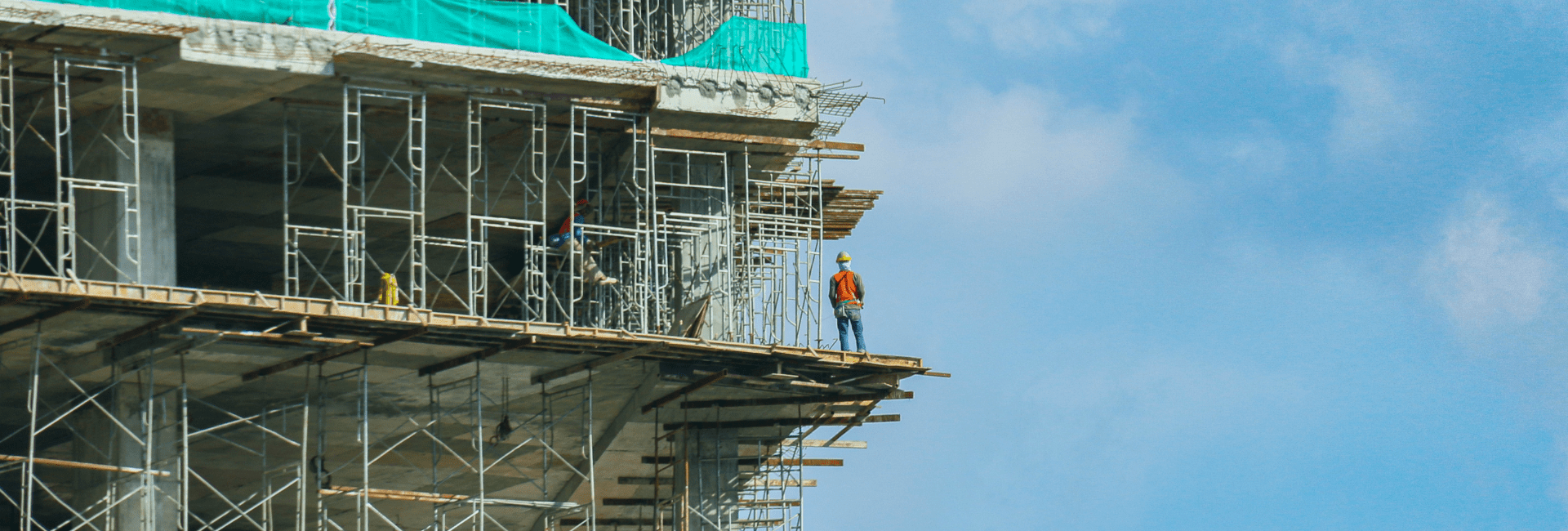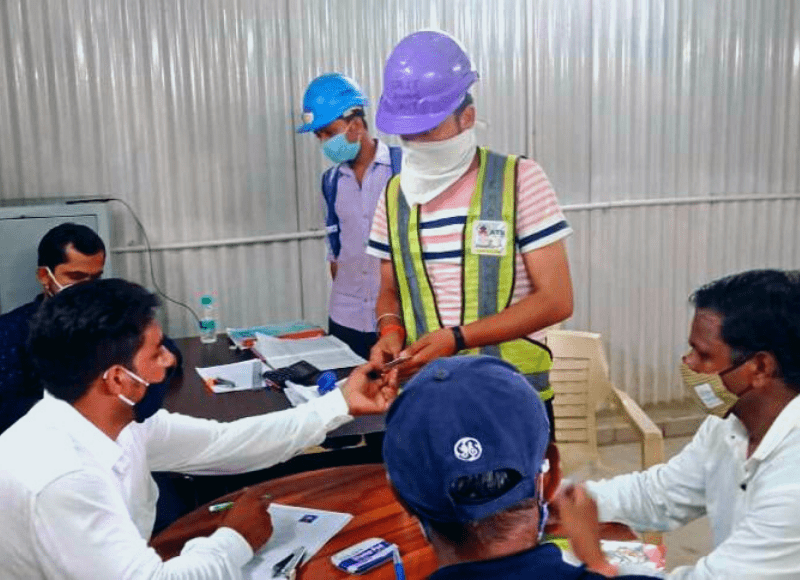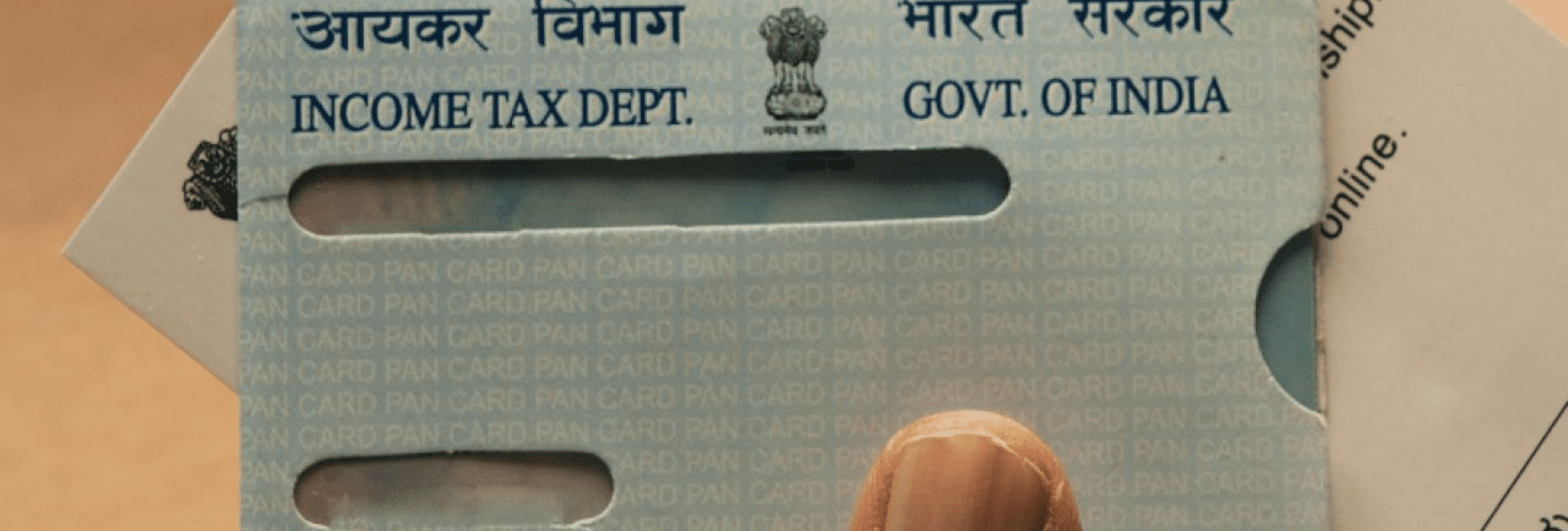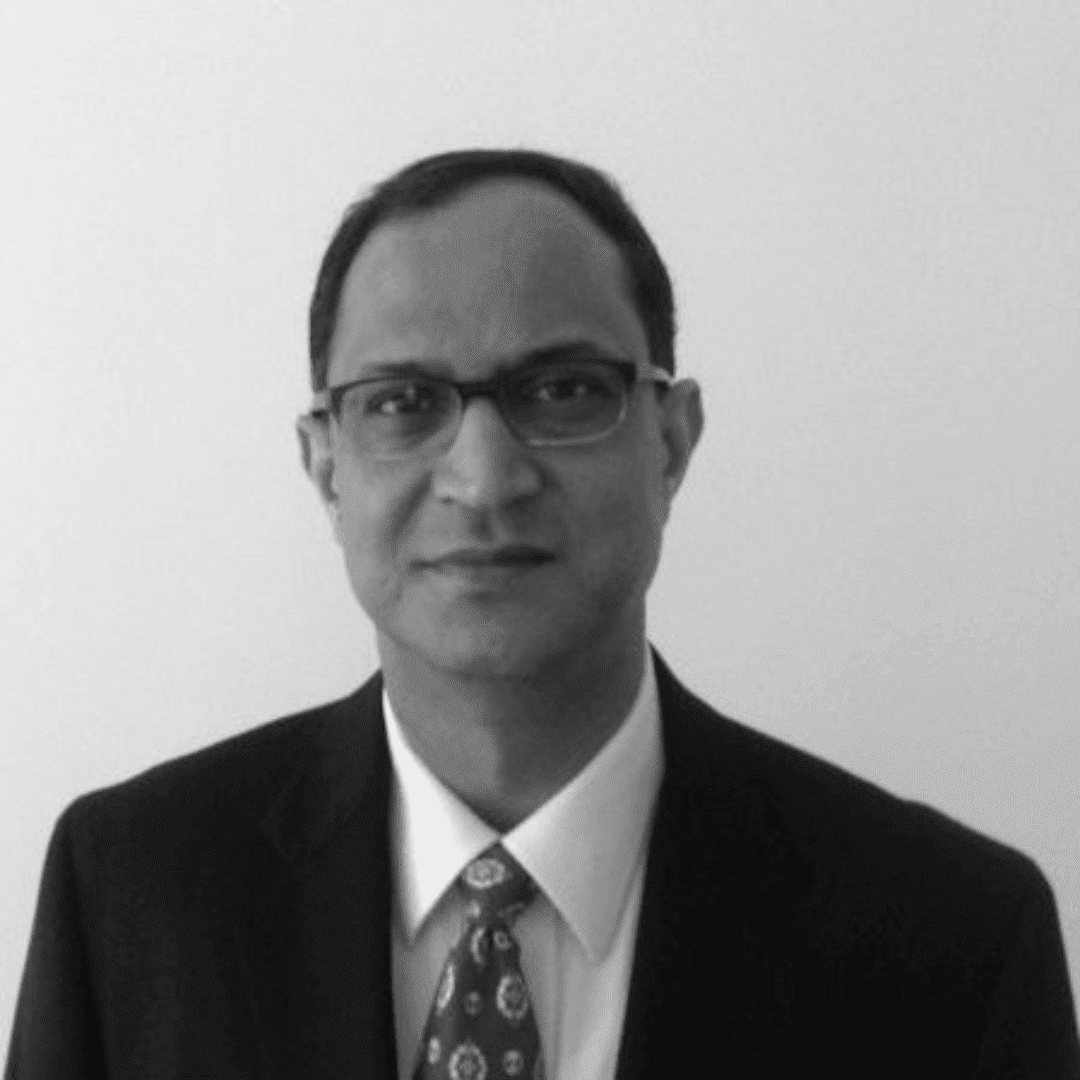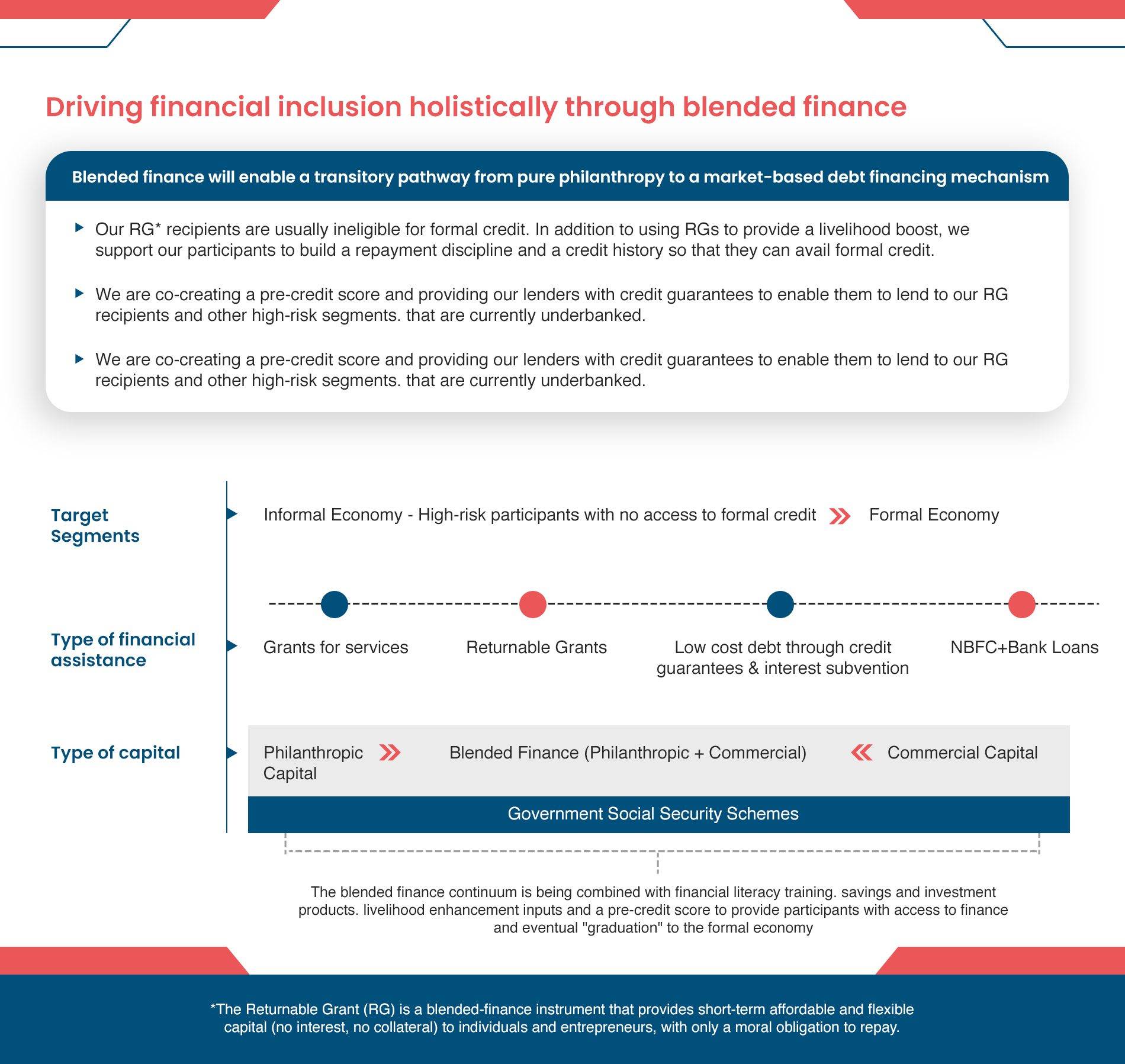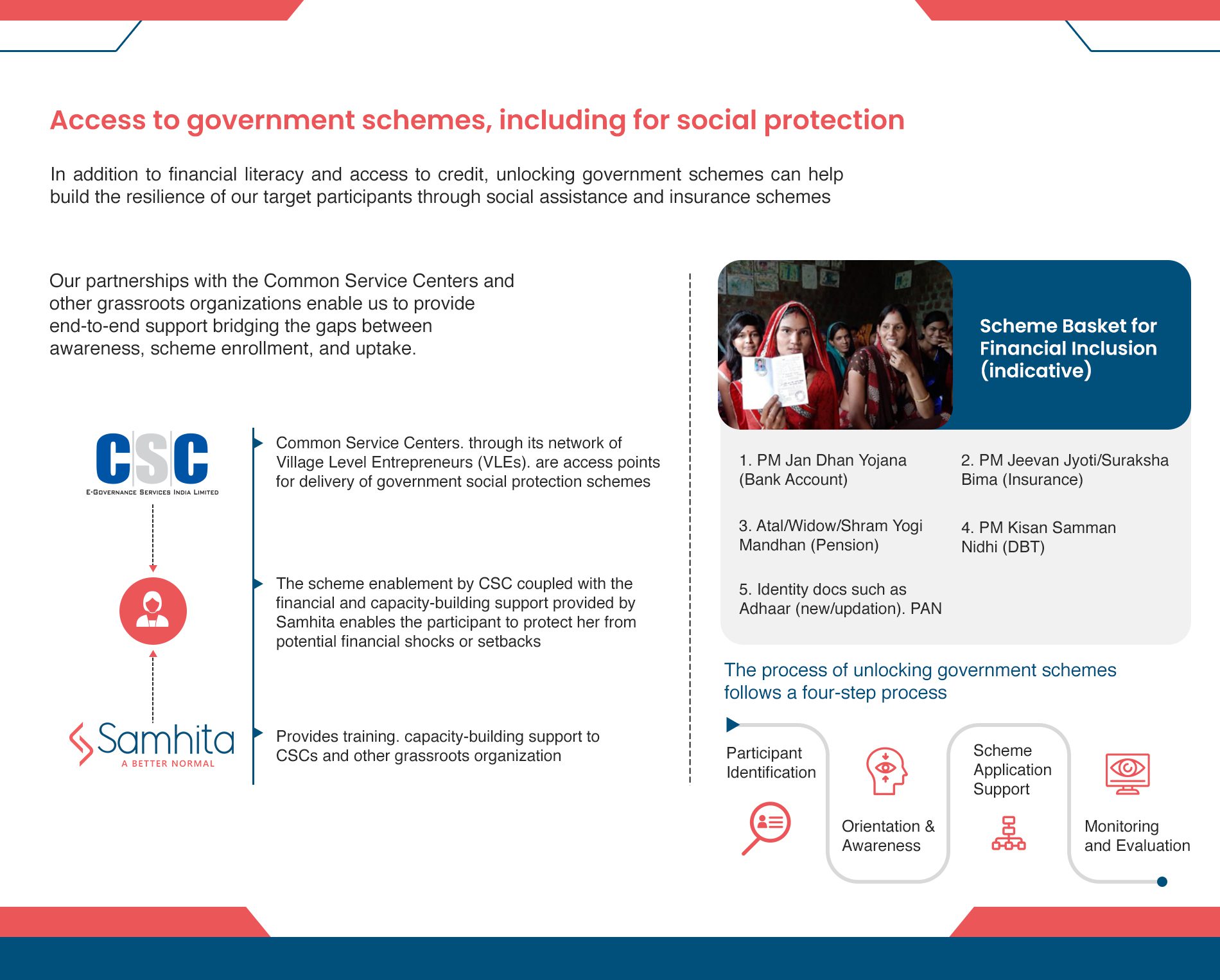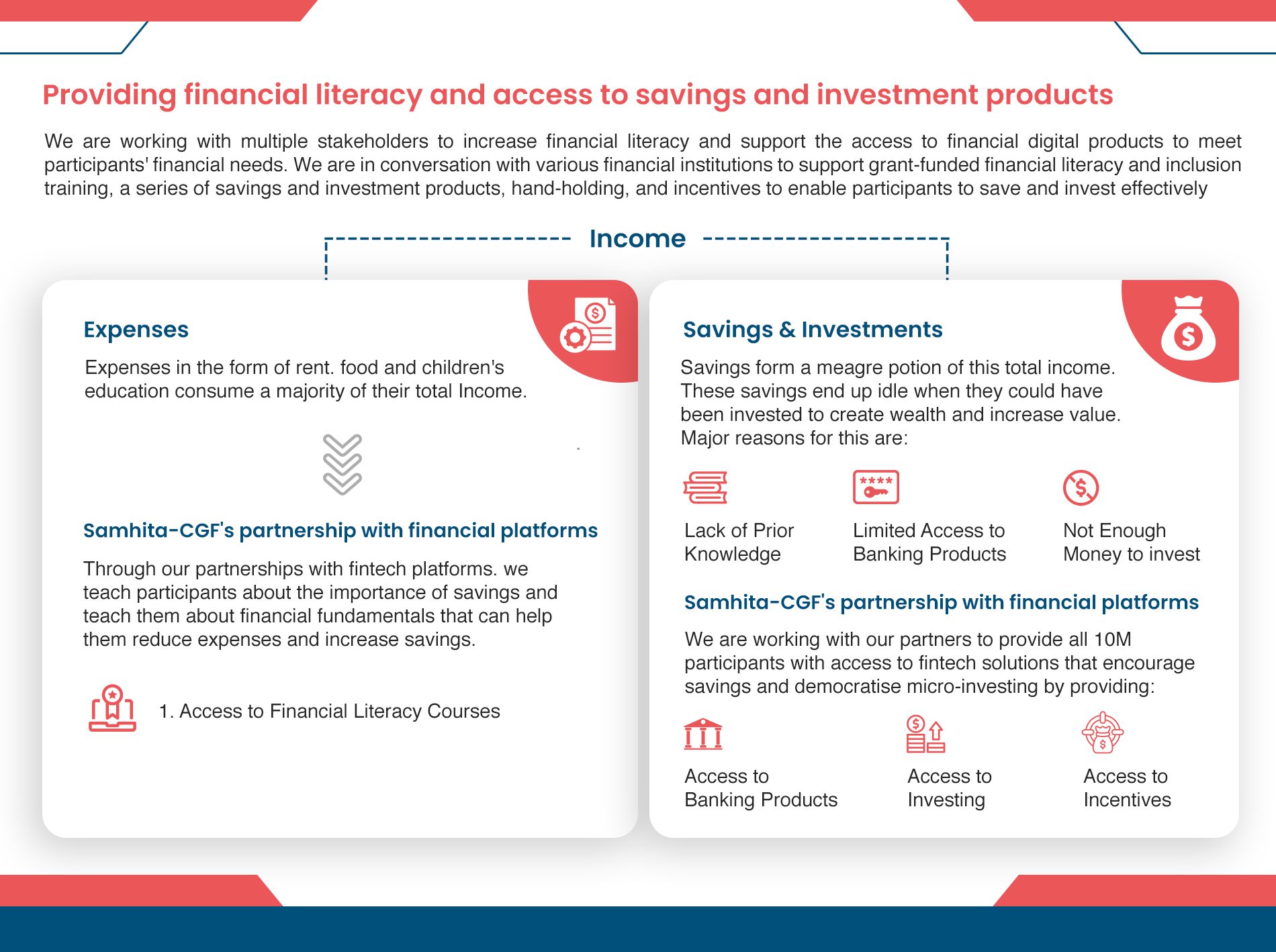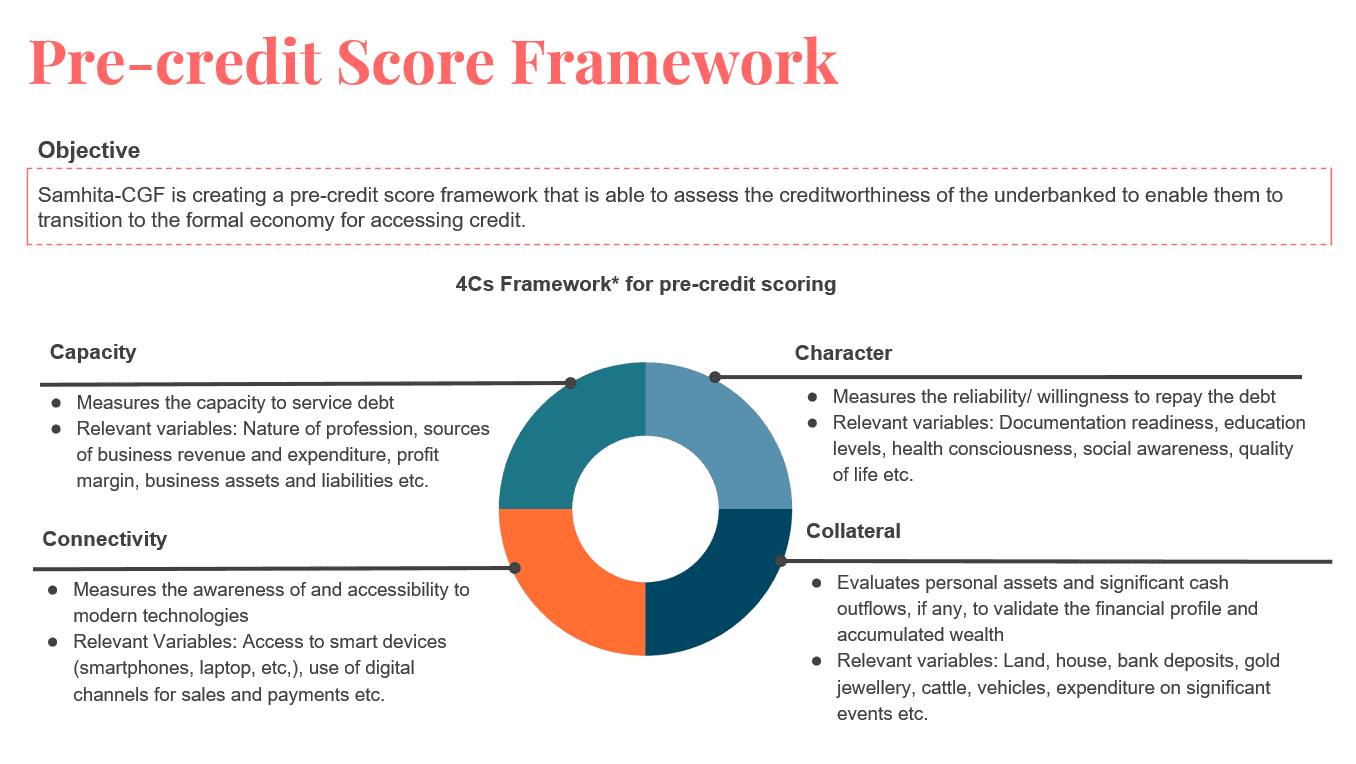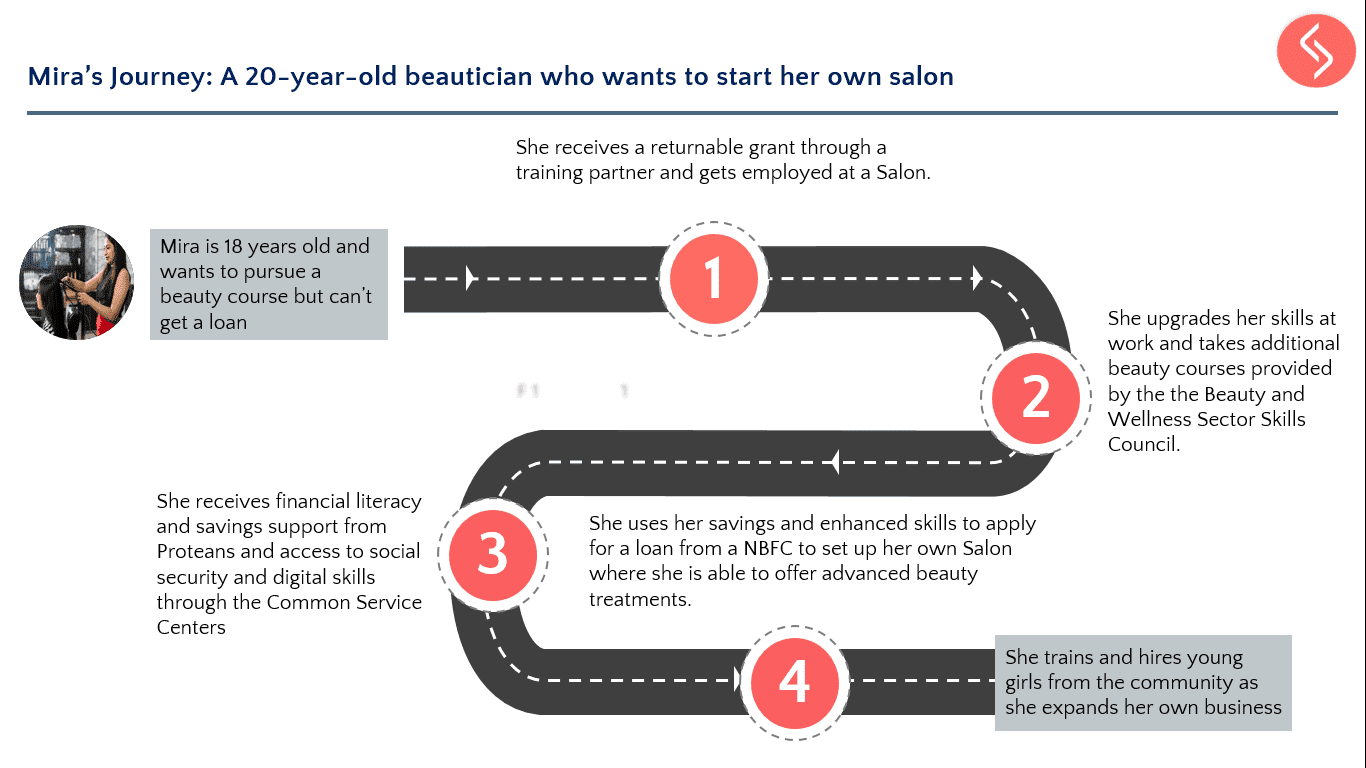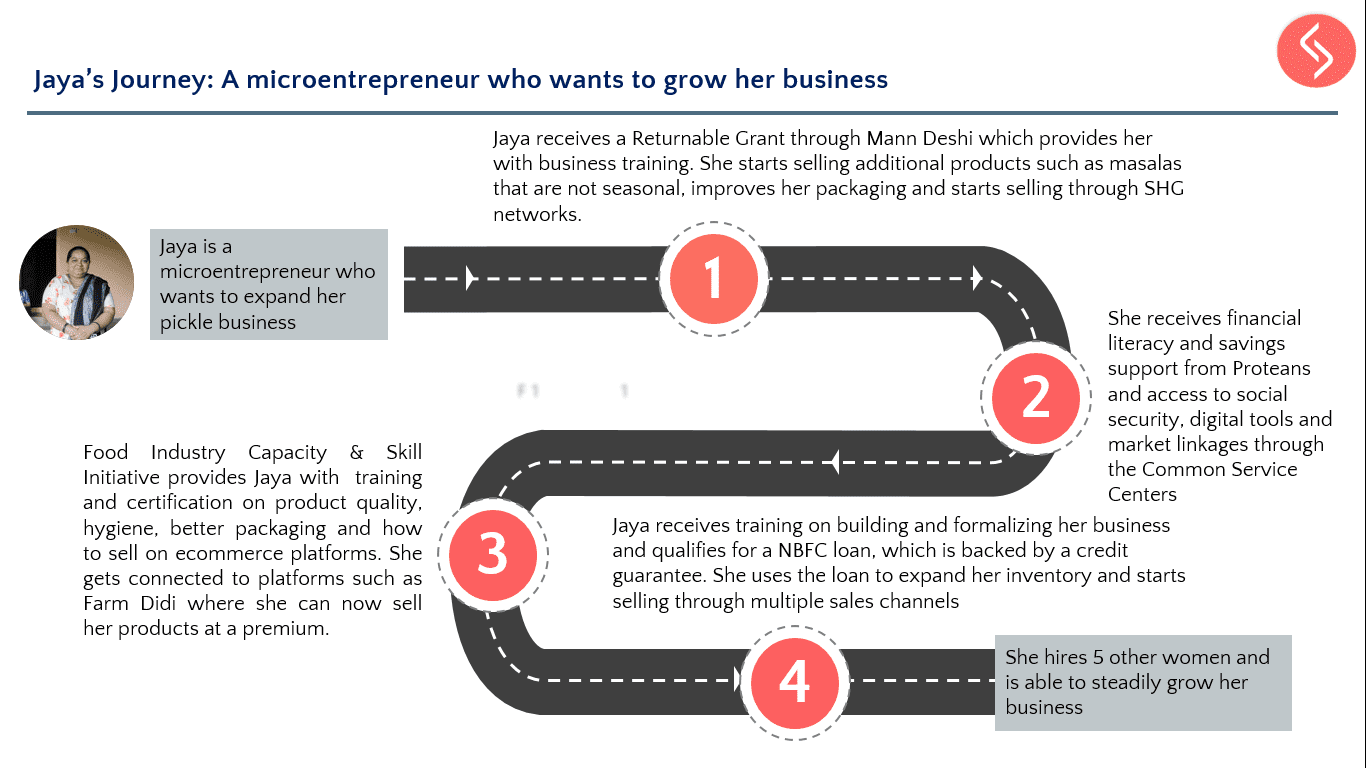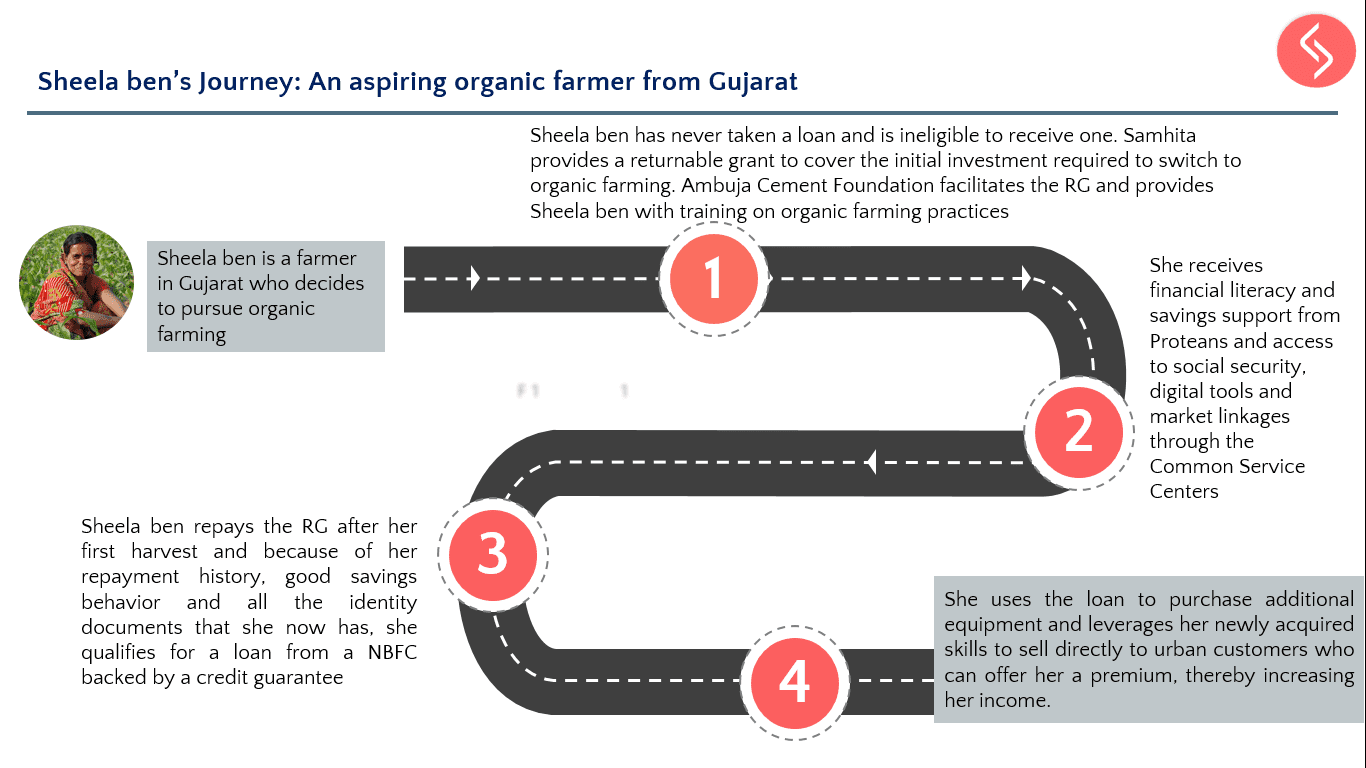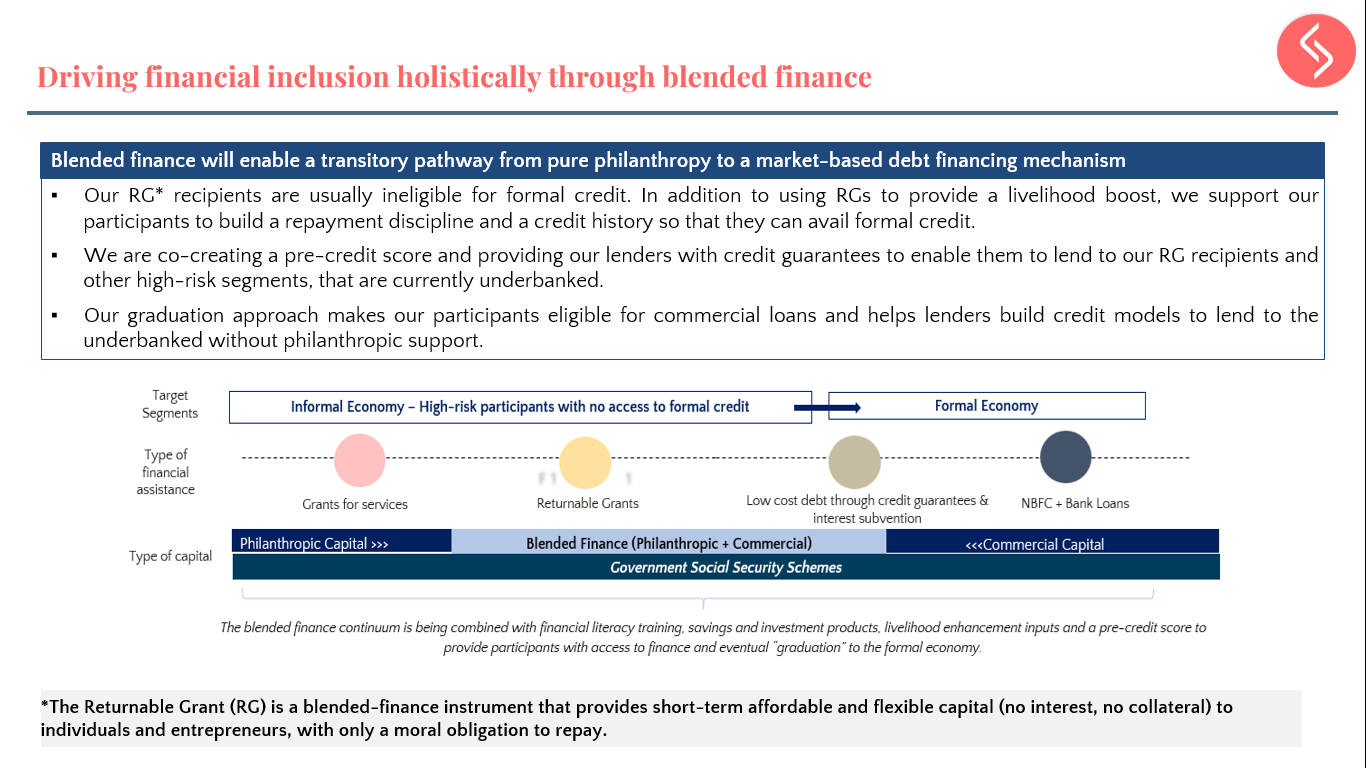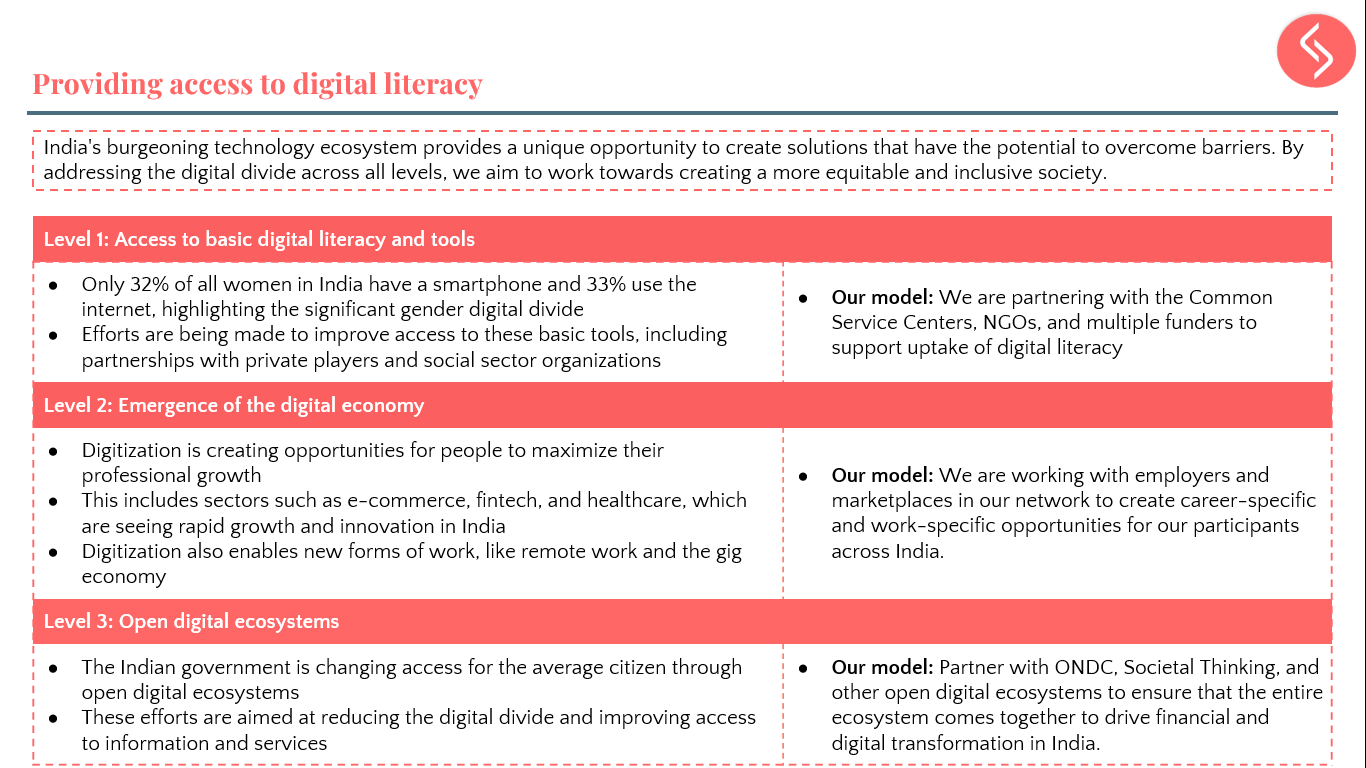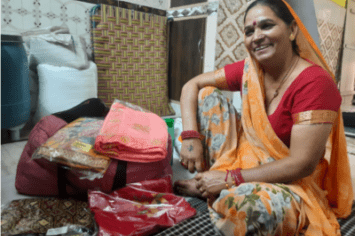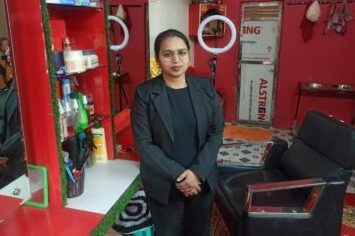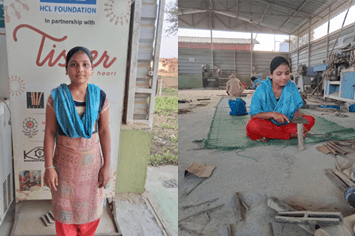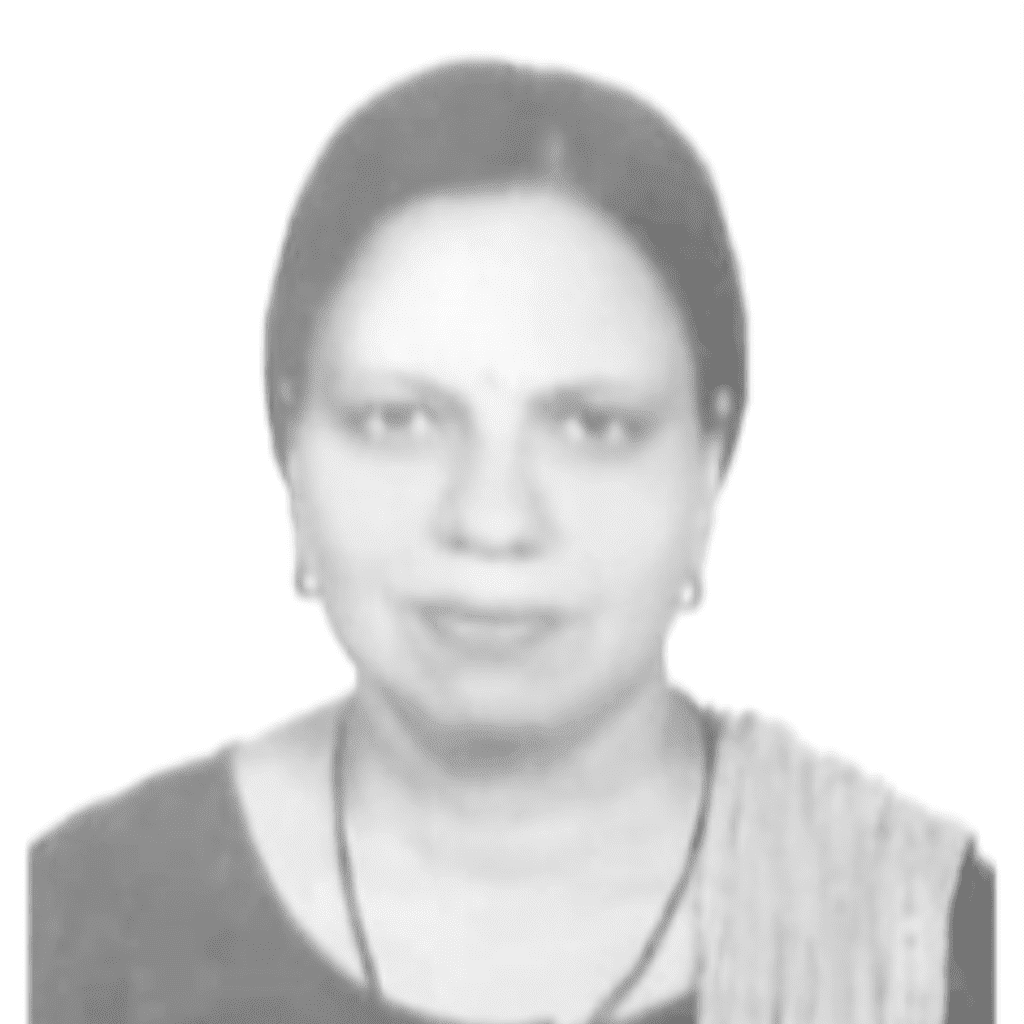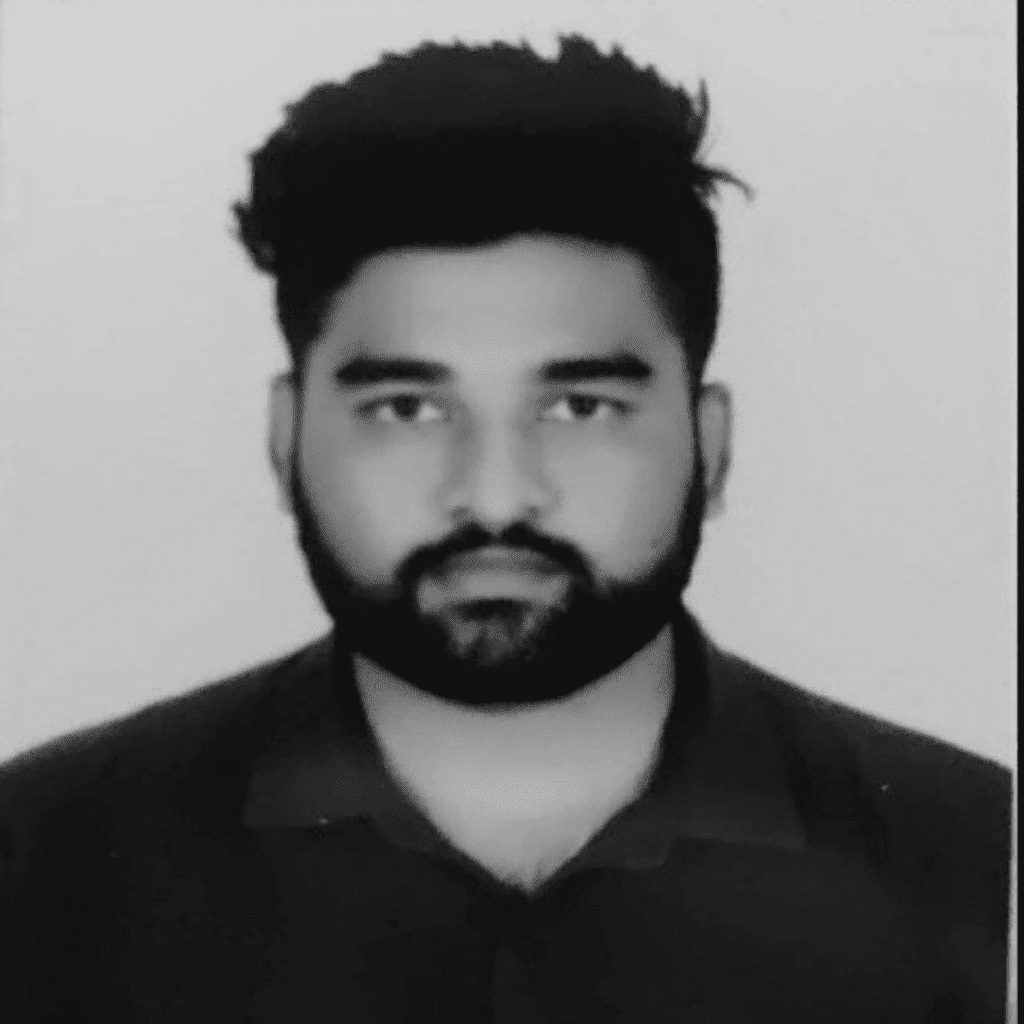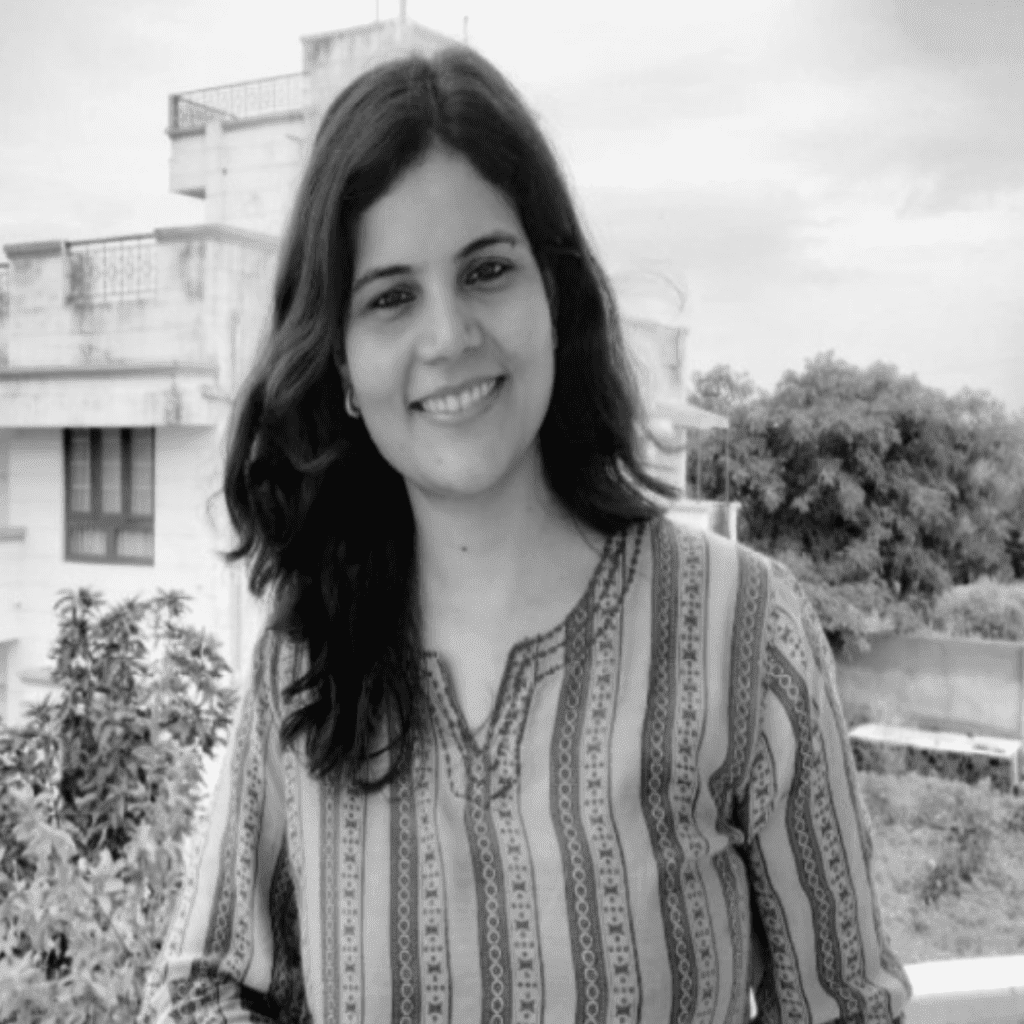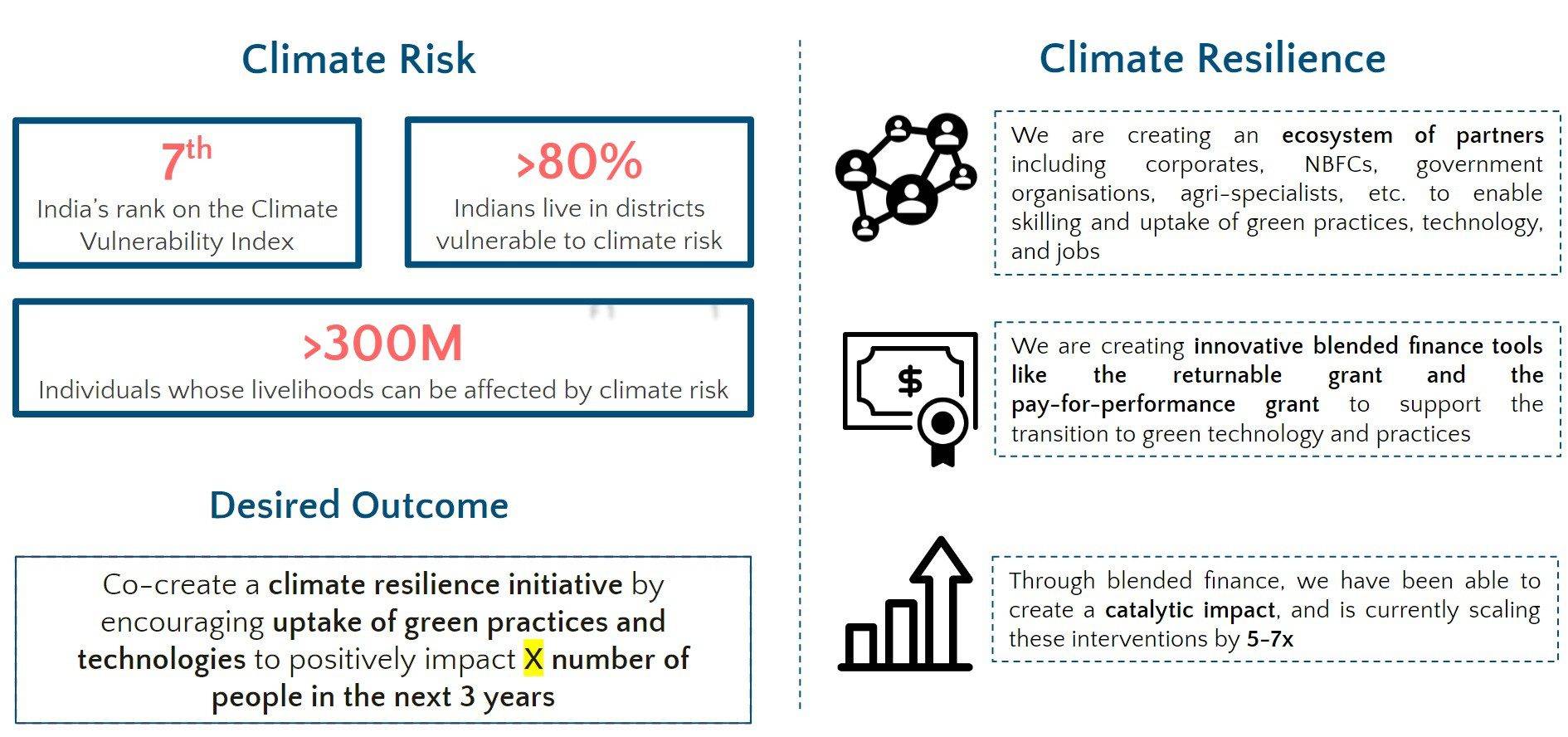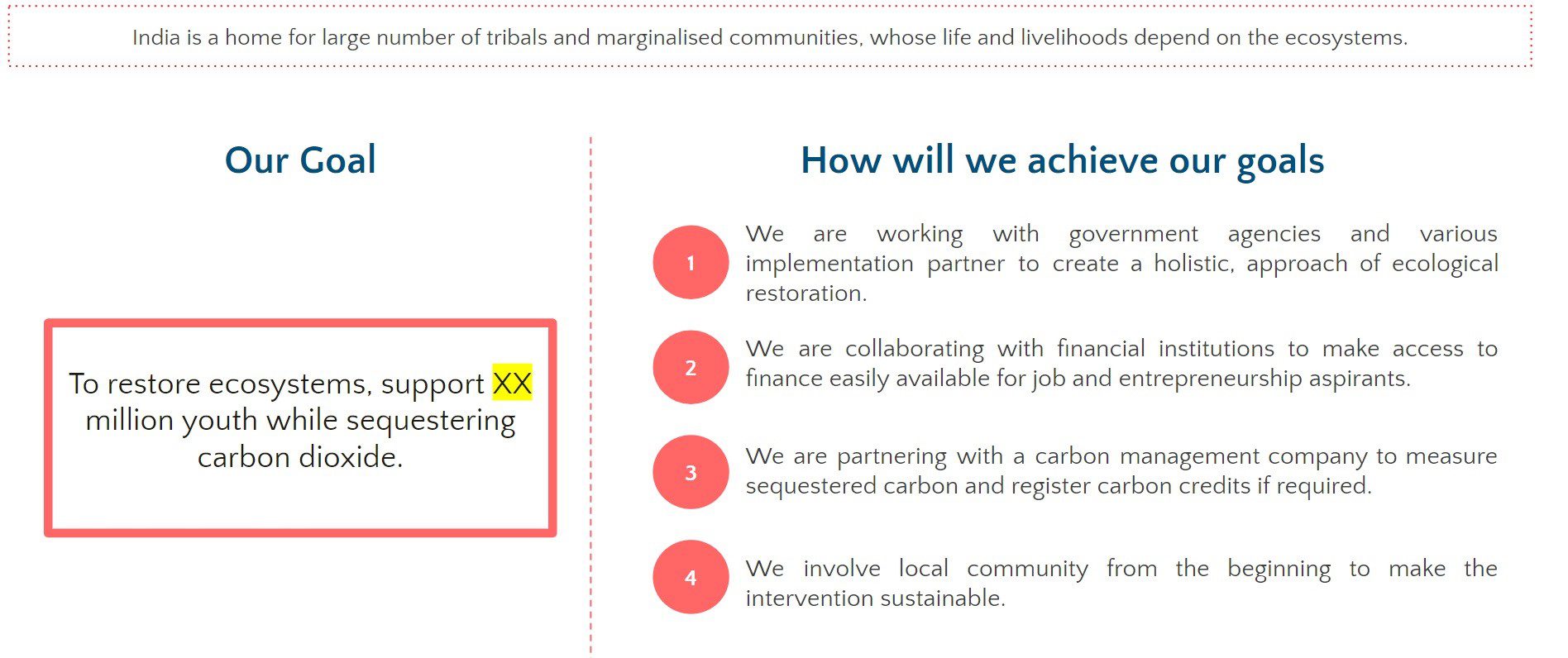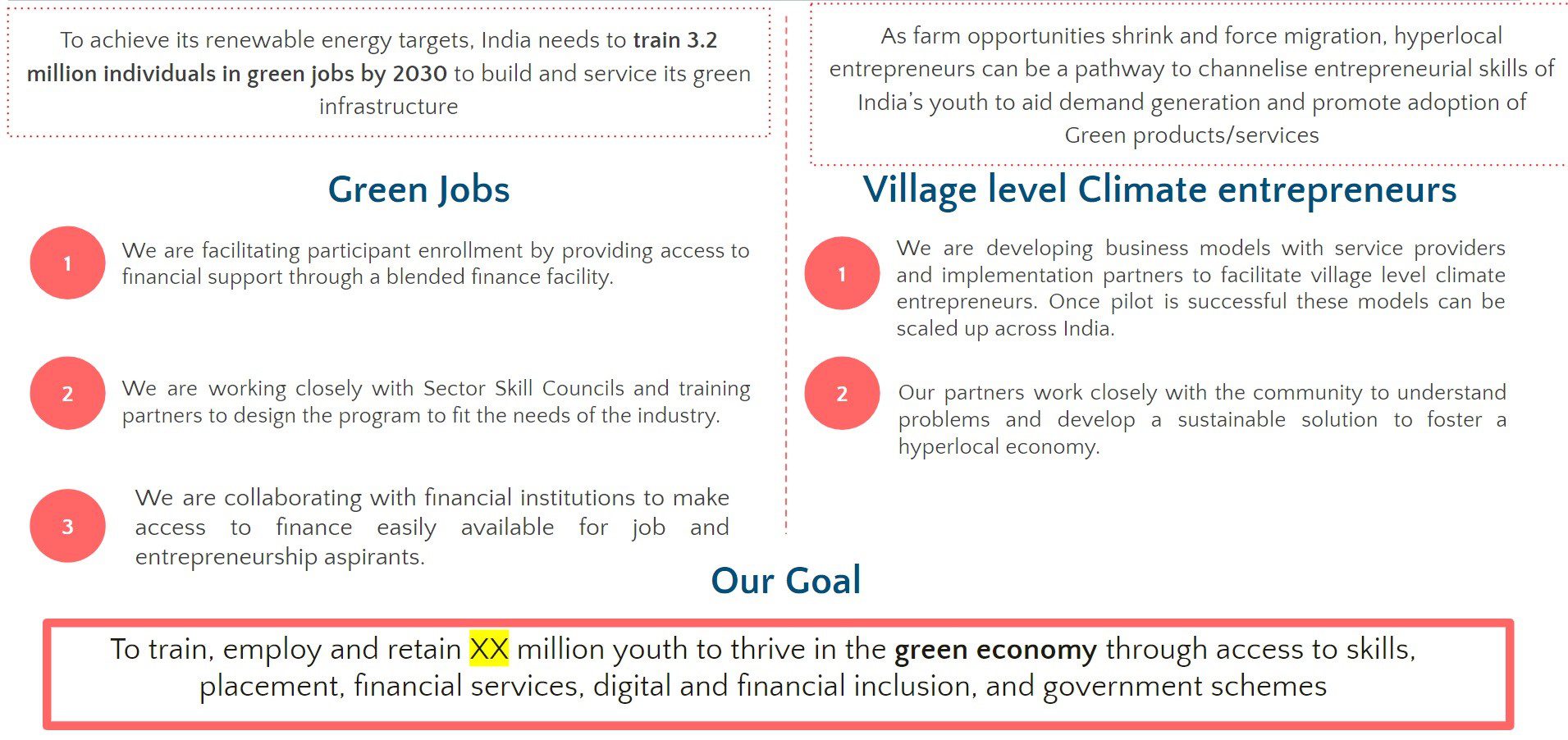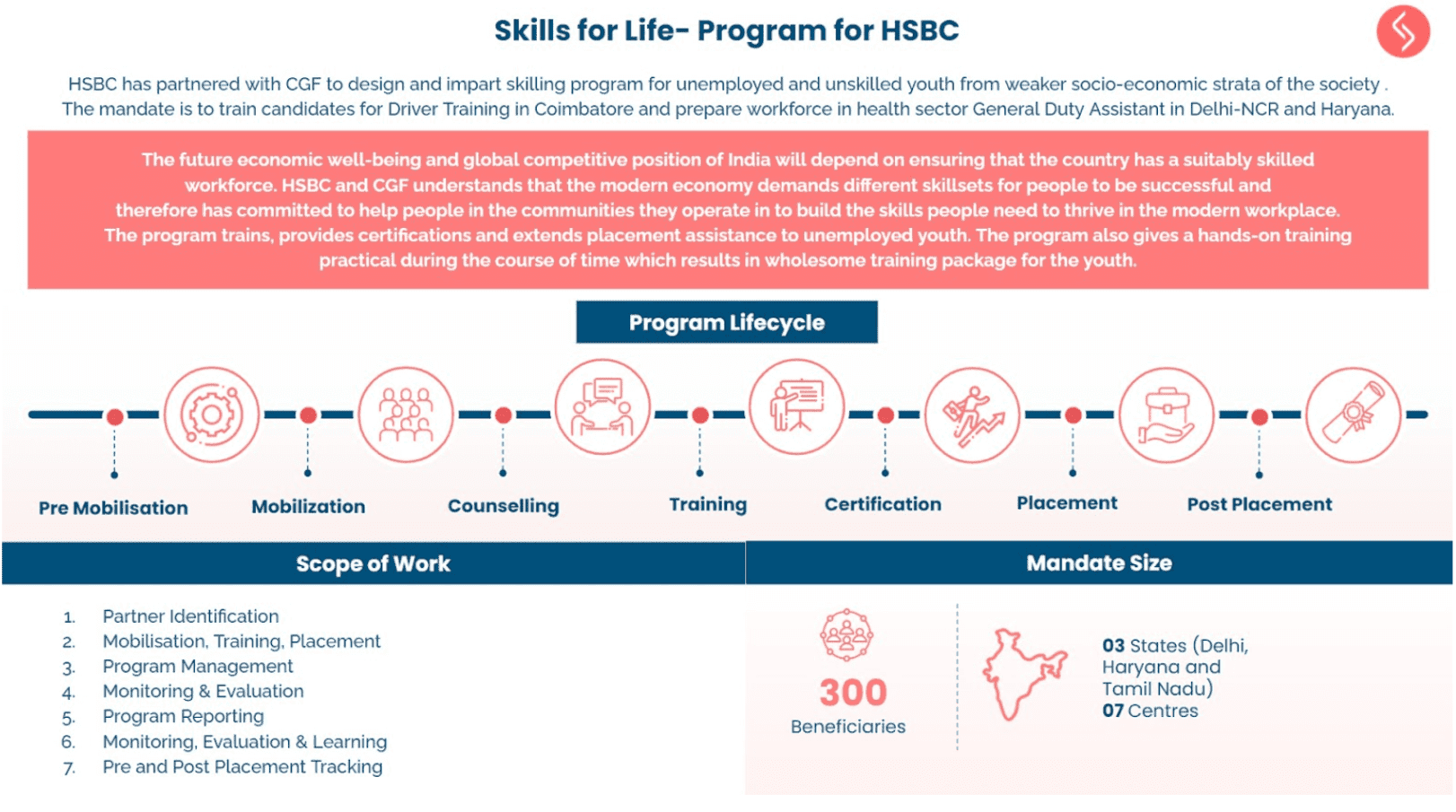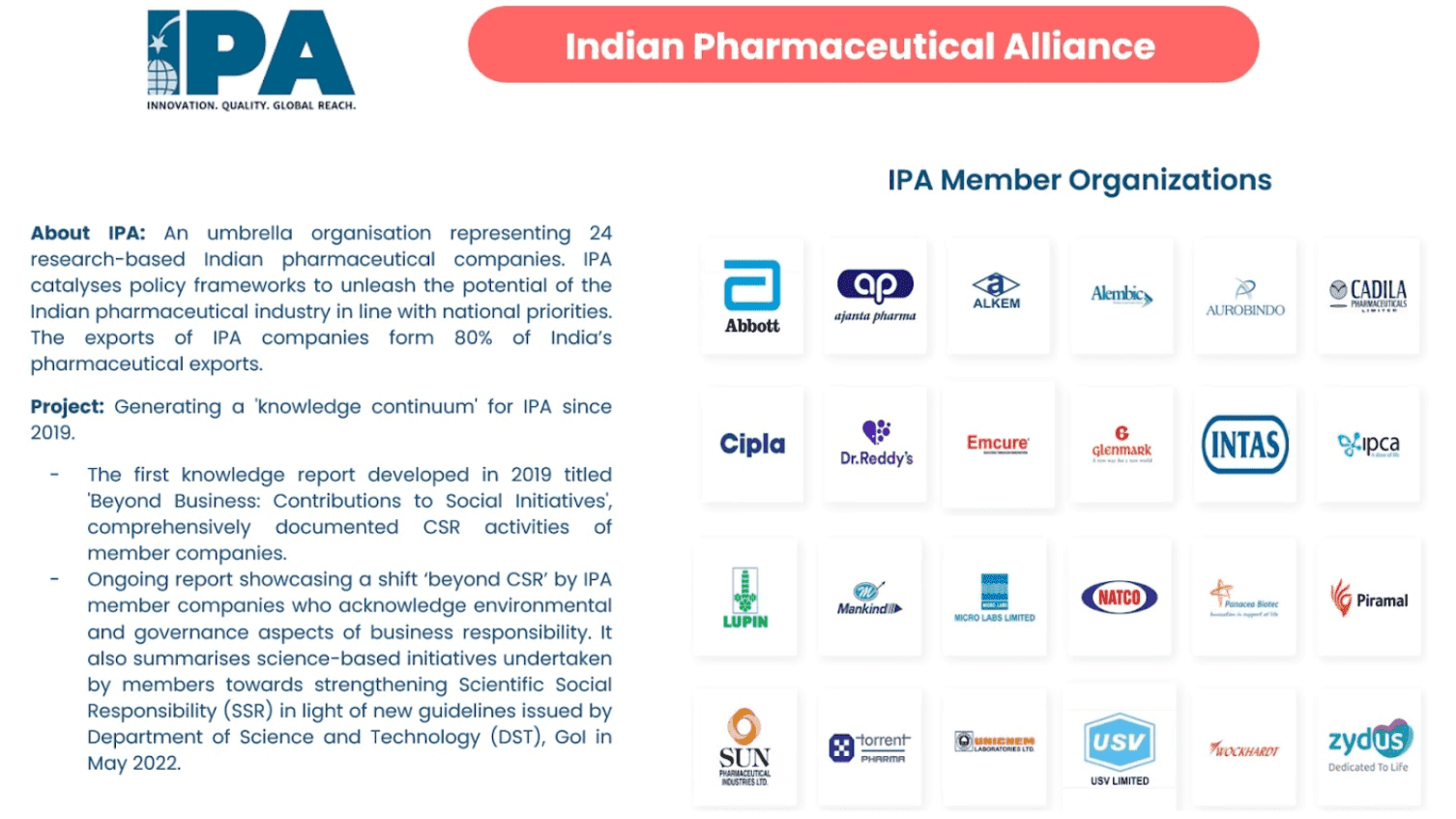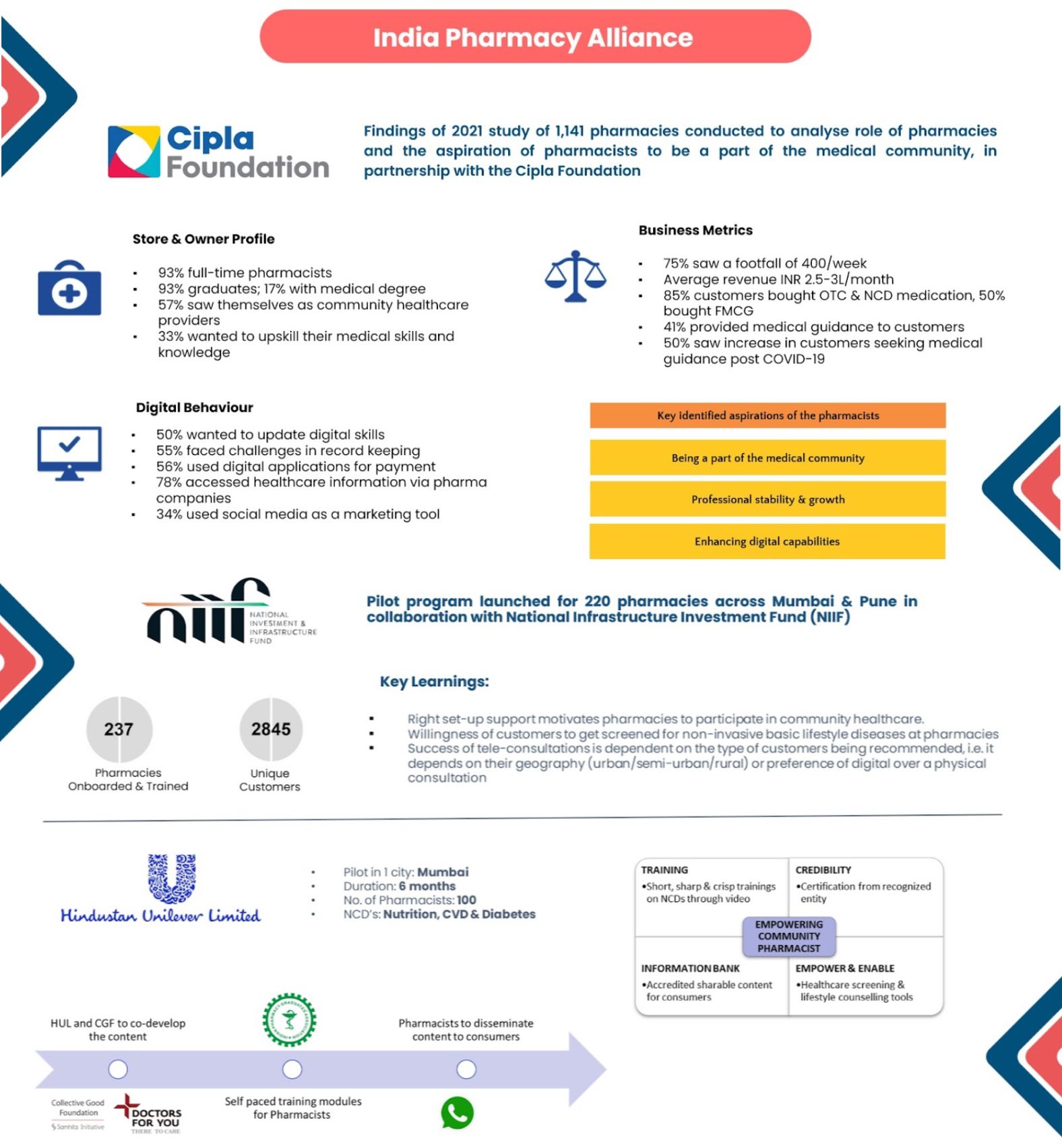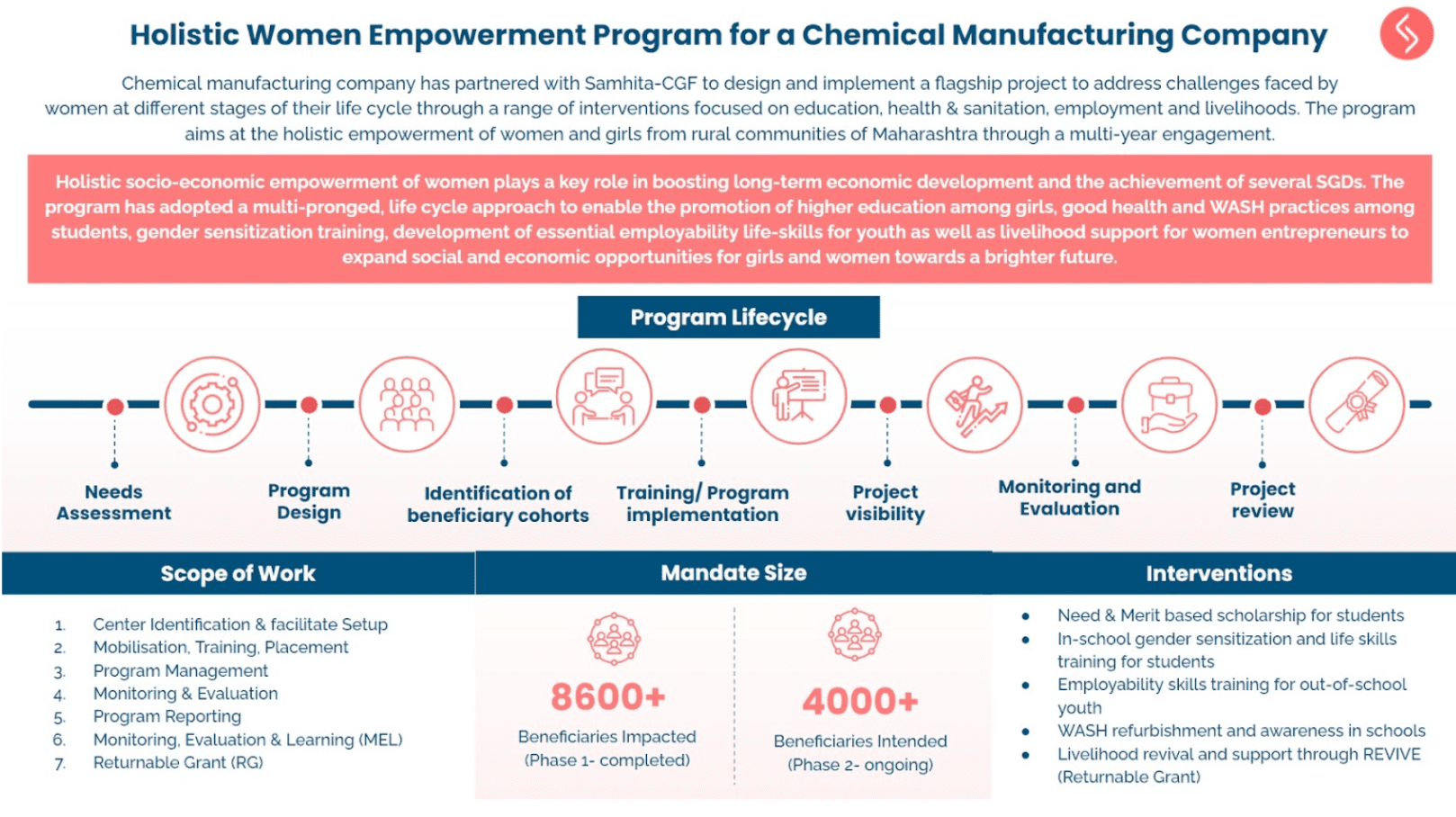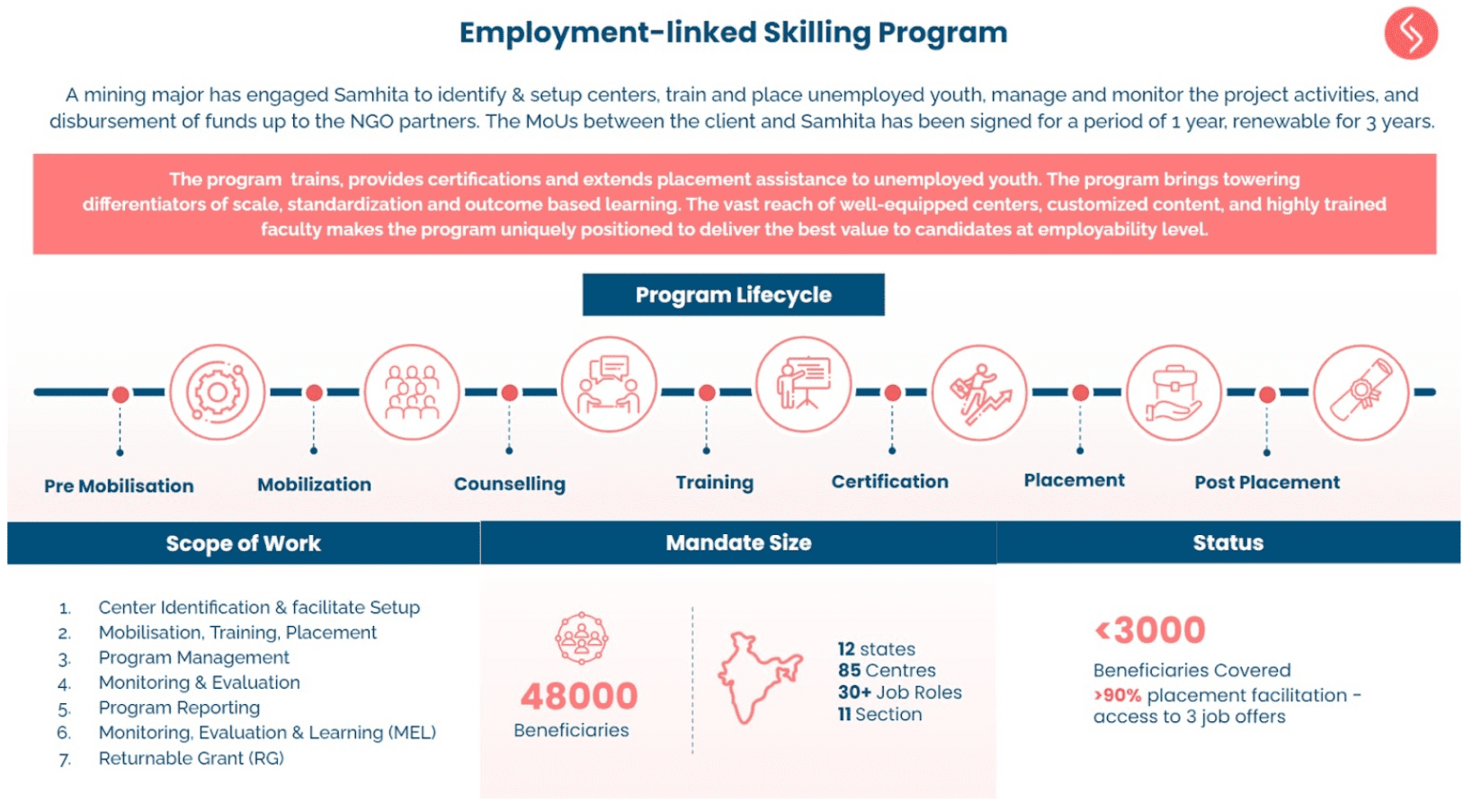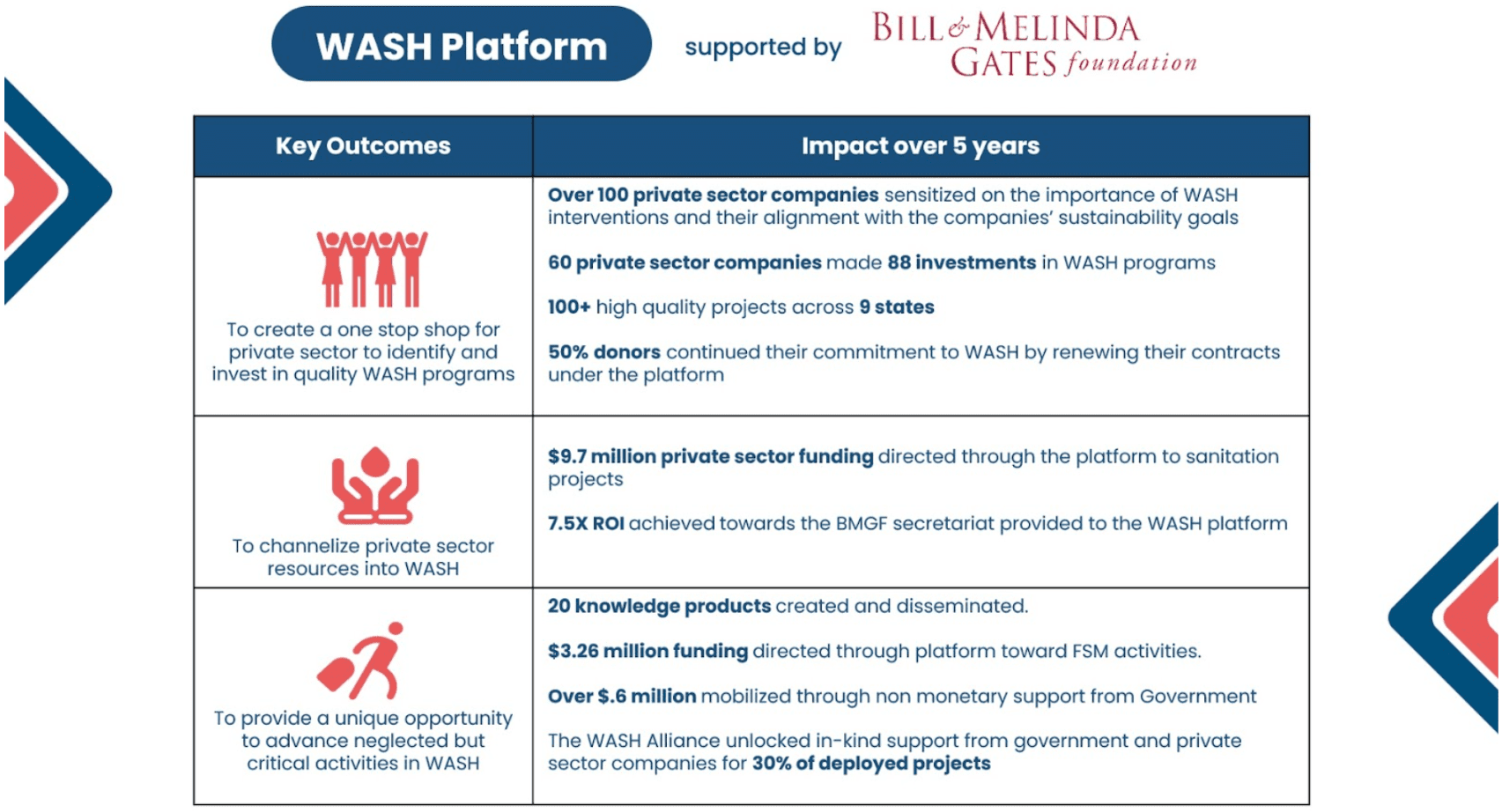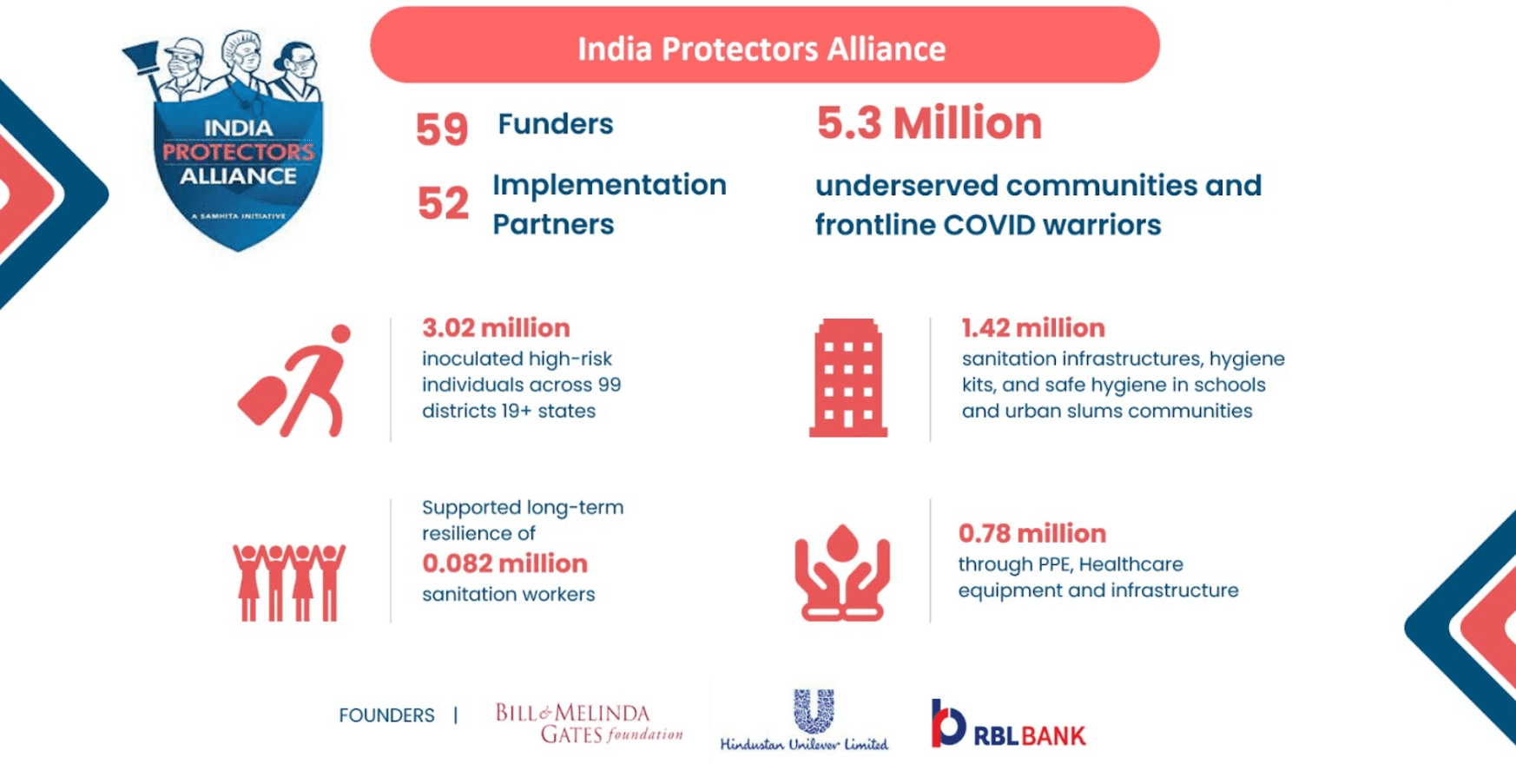Construction Workers
The infrastructure sector is one of the largest employers of informal labour in urban India, necessitating worker communities to relocate to cities. These workers, often with little to no access to social security, often struggle when confronted with socio-economic challenges. This resurfaced as a challenge when workers such as construction workers, painters, carpenters, masons, etc. were worst hit during the ongoing COVID-19 pandemic due to sudden cessation of work, lack of job security and poor social protection. While the government of India responded with provisions of relief payments, reimbursements, DBTs, and other support, access and awareness still remained a major roadblock in bridging the gap between worker communities and the available relief. Moreover, considering the informal and migrant nature of the construction worker cohort, there are erratic support channels to guarantee and handhold each worker to gain access to basic identity documents and social protection schemes.
Revive strives to facilitate the recovery of worker communities by providing integrated support in terms of social protection. By standardizing the application facilitation process across construction sites and labour colonies, construction workers have been supported with the creation of basic savings accounts, enabling life/accident/health insurance schemes, PAN cards, BOCW (Building and Other Construction Works) and e-Shram cards for the workers to secure their future. This alliance of investors, corporates and developers that are a part of the infrastructure industry, has a common goal of reviving livelihoods within the industry while also adopting better labour practices in the process. These social protection linkages serve as key entry points to workers, such that they are better placed to seek entitlements and are well-informed about his/her social protection eligibility, which further enables them to support their family and extended community.
Our partnerships with UNDP, the UK government, along with the commendable support received from like-minded funders and implementing partners has allowed us to commit to providing social protection to 8,500+ workers and are on the path to onboarding new cohorts. Our implementation partner, Haqdarshak Empowerment Solutions Pvt. Ltd. has already facilitated linkages across Delhi-NCR and Maharashtra and continues to demonstrate the need for social protection for a cohort as mobile and migrant as construction workers. With active collaborations with HDFC Capital Pvt. Ltd, Info Edge, Sunteck Realty and Shapoorji Pallonji Investment Advisors, we have already facilitated applications for relevant government schemes and ensured end-to-end service delivery of benefits to workers.
What has been the impact so far?
- Supporting basic identity documentation: Having witnessed the aftermath of COVID-19 on migrant construction workers accessing entitlements, the need for basic identity documents as critical entry points to social safety nets was reiterated. Revive has been supporting workers with BOCW cards and renewals, e-Shram registrations, updated and linked Aadhaar cards, to name a few, such that they are recognized in the construction ecosystem and formally registered as beneficiaries of government schemes.
- Bridging the gap in awareness on basic eligibility: Through the course of the program, workers are oriented to the gamut of schemes that they are eligible for, along with the benefits. With limited literacy and poor awareness about entitlements, Revive strives to equip a worker with foundational information on various scheme offerings to bridge the information asymmetry obstructing benefit access.
- Strengthening support channels for workers: Considering the migrant, construction worker ecosystem and the constant change in employers or contractors, it is tedious for workers to process applications and scheme-related paperwork by themselves. Often, the complexity of the process itself poses a barrier to access. Haqdarshak facilitates applications for each worker, such that there is end-to-end processing of schemes and unlocking of benefits such as Ayushman Bharat (health insurance), PM Suraksha Bima Yojana (accident insurance), PM Jan Dhan Yojana (bank accounts), to name a few.
